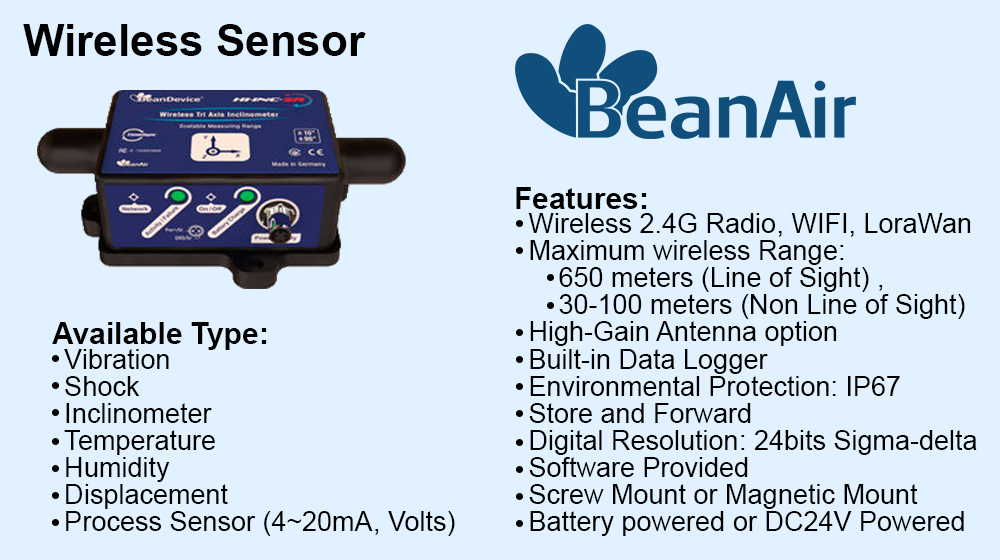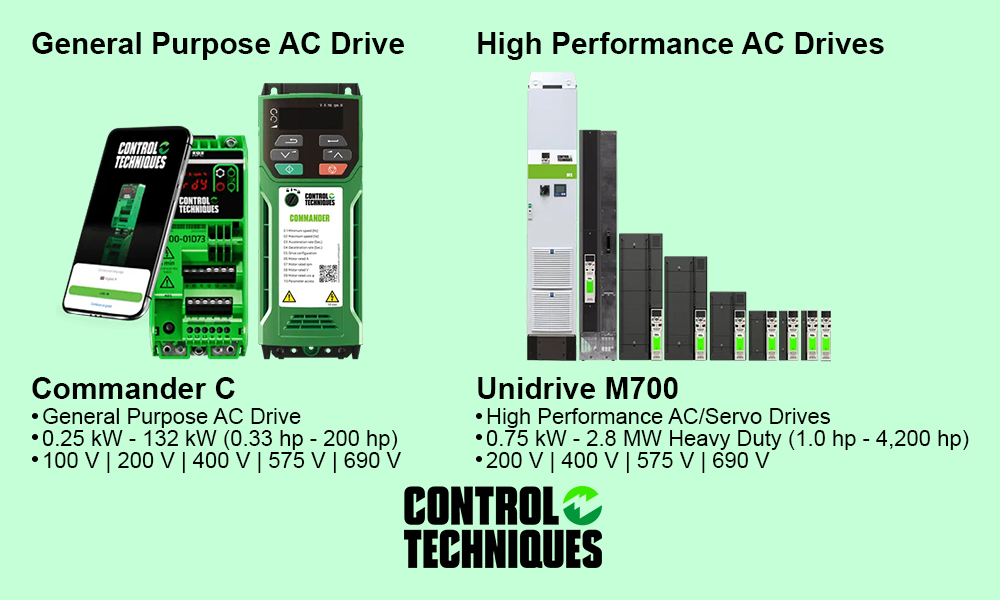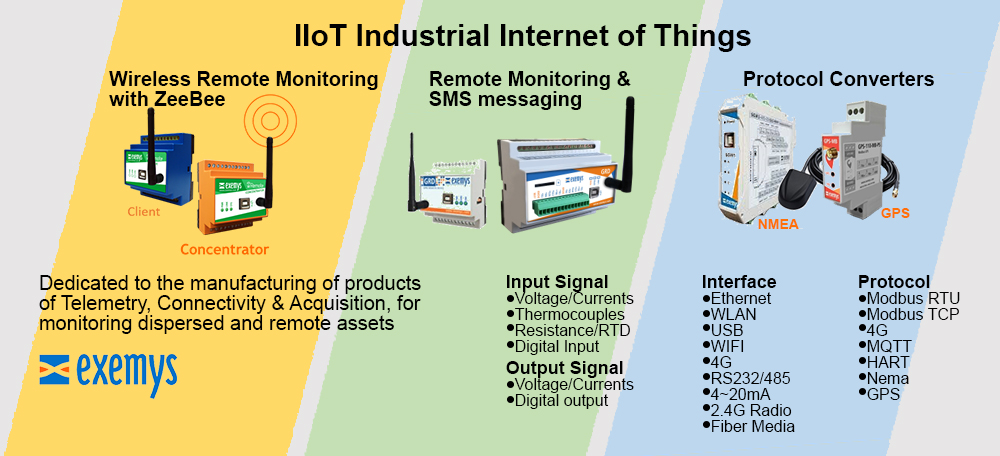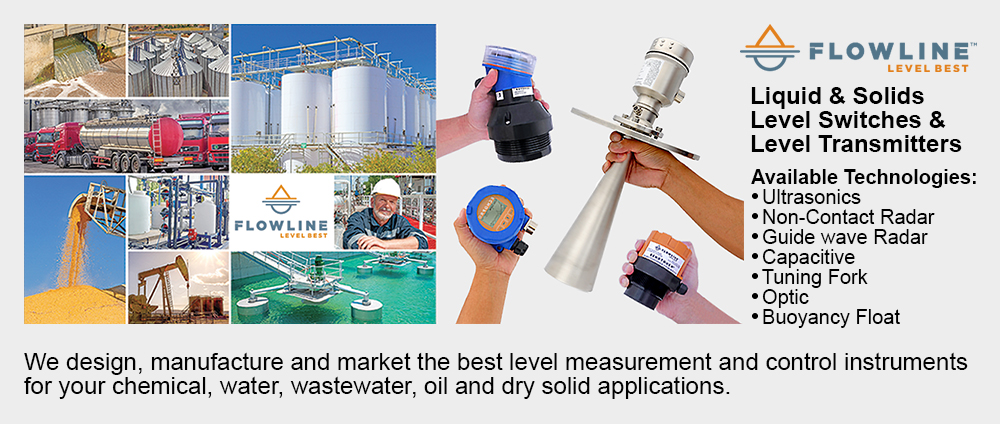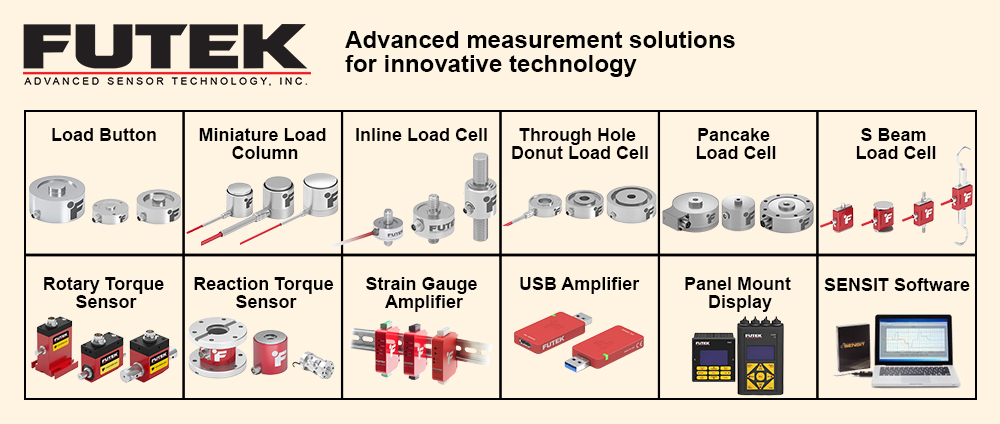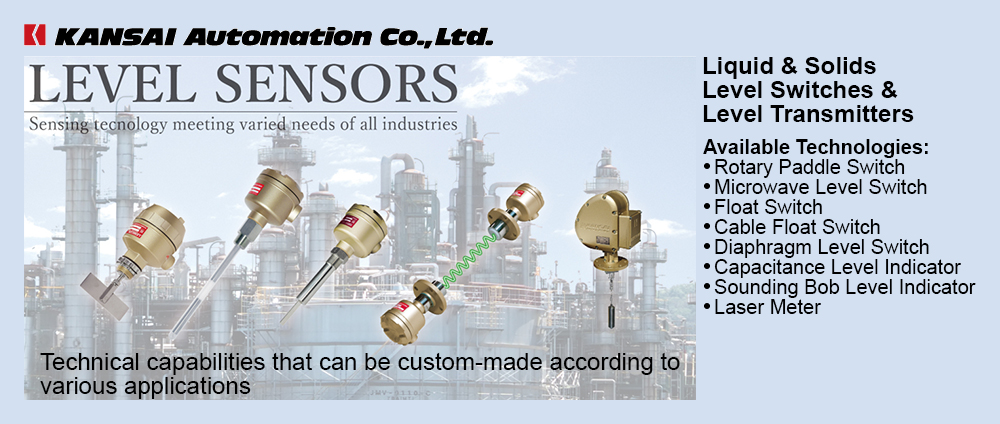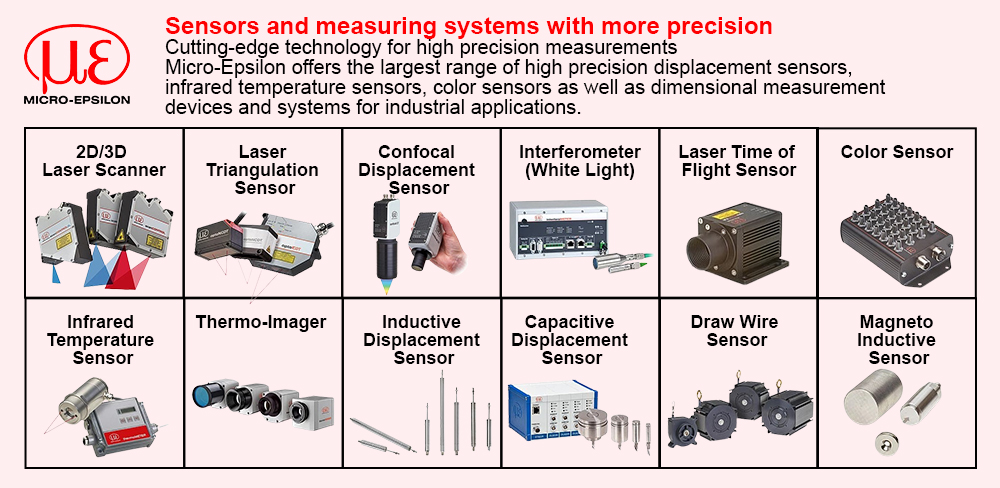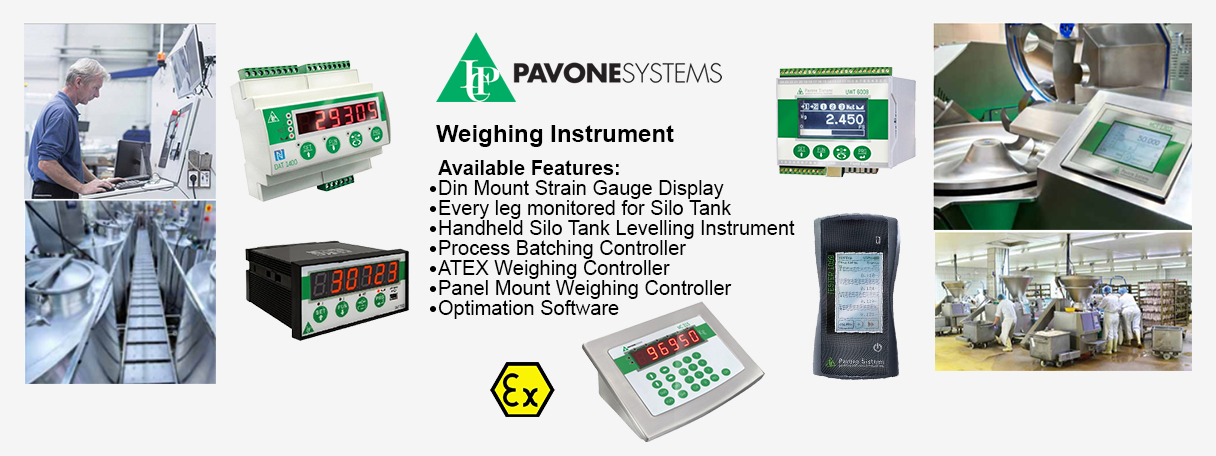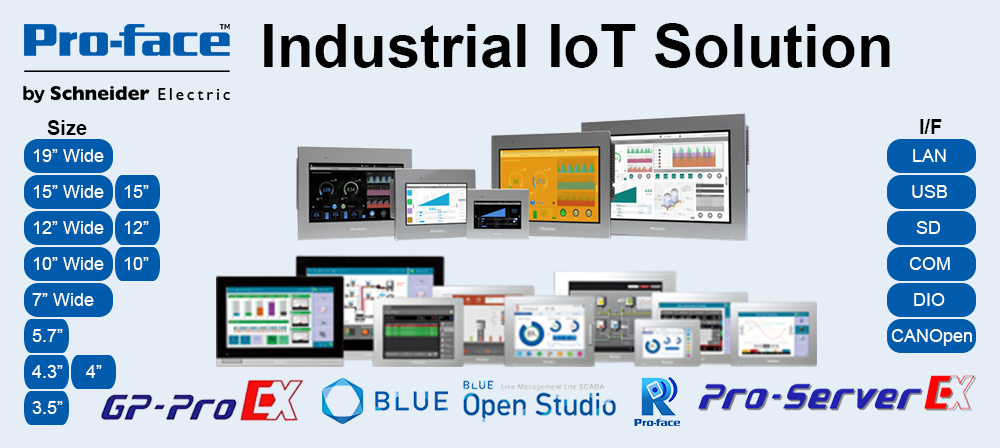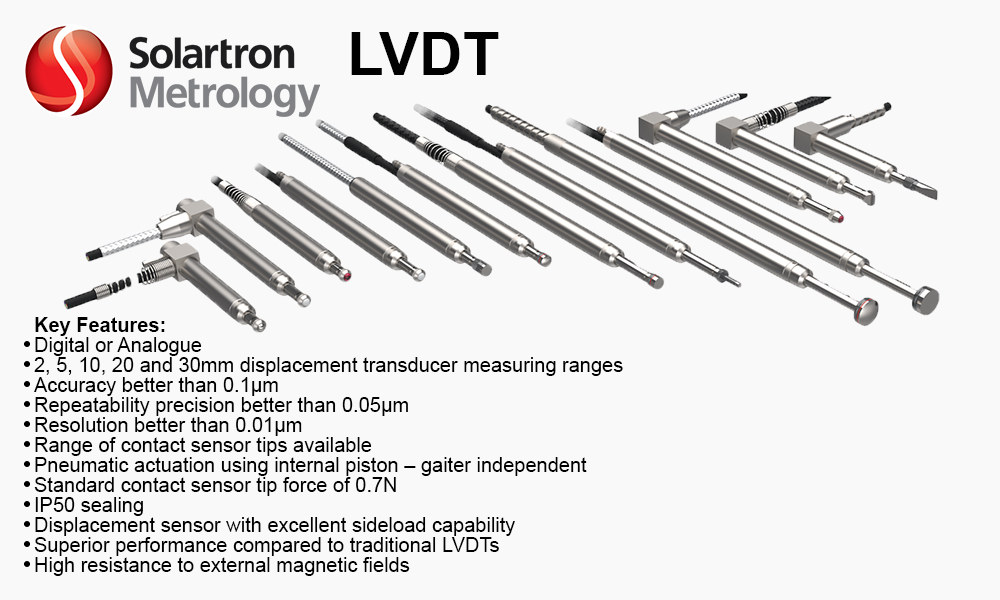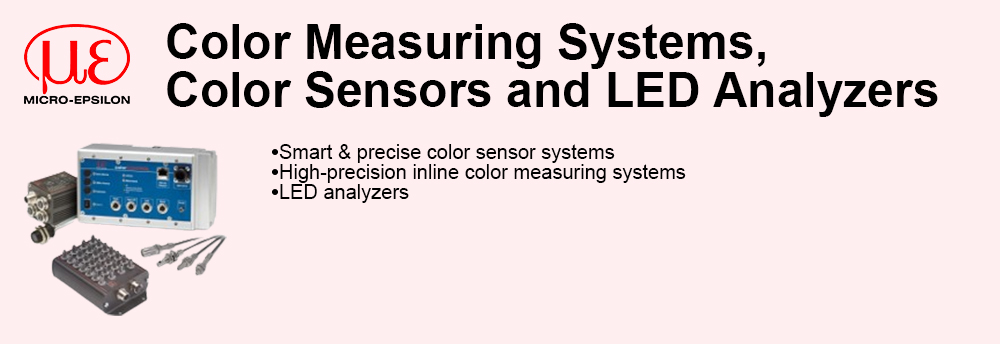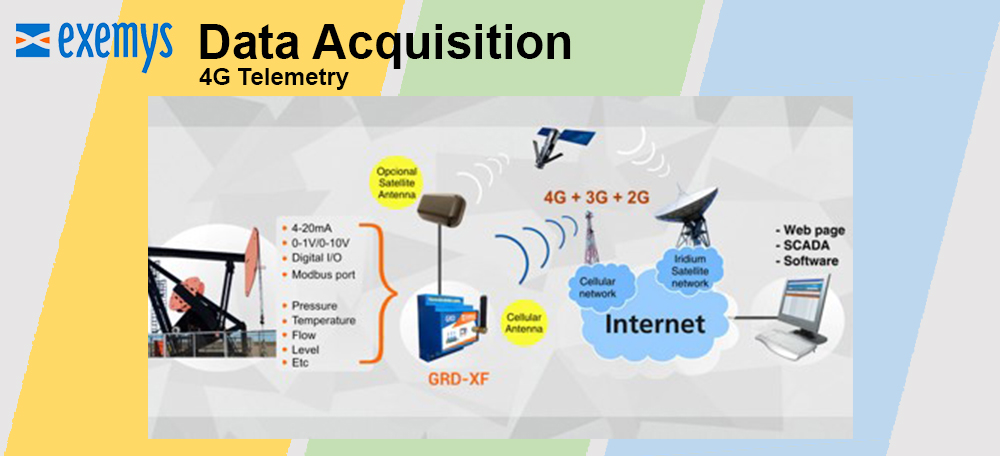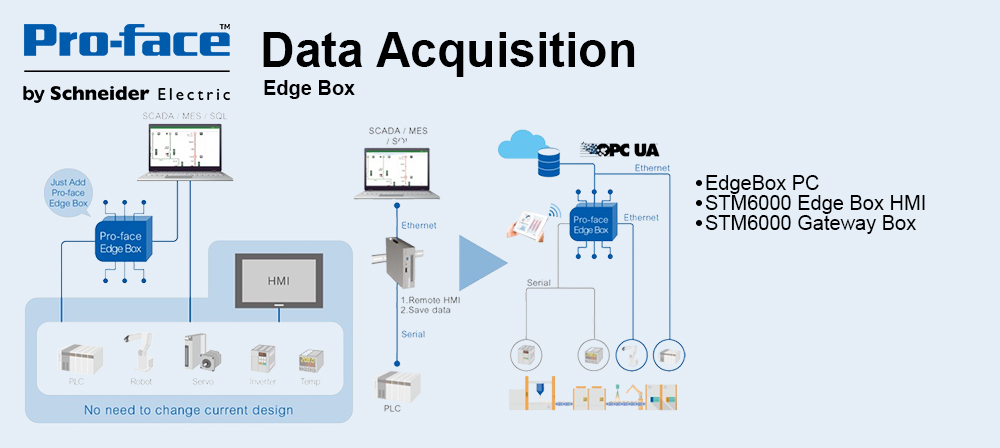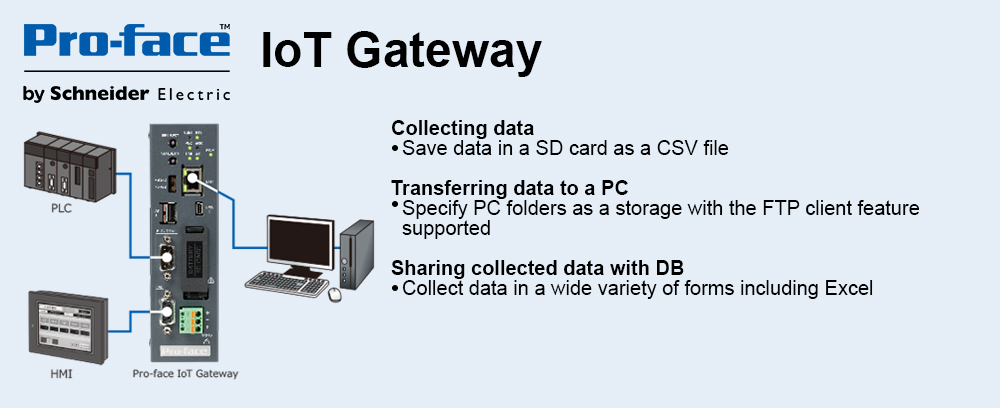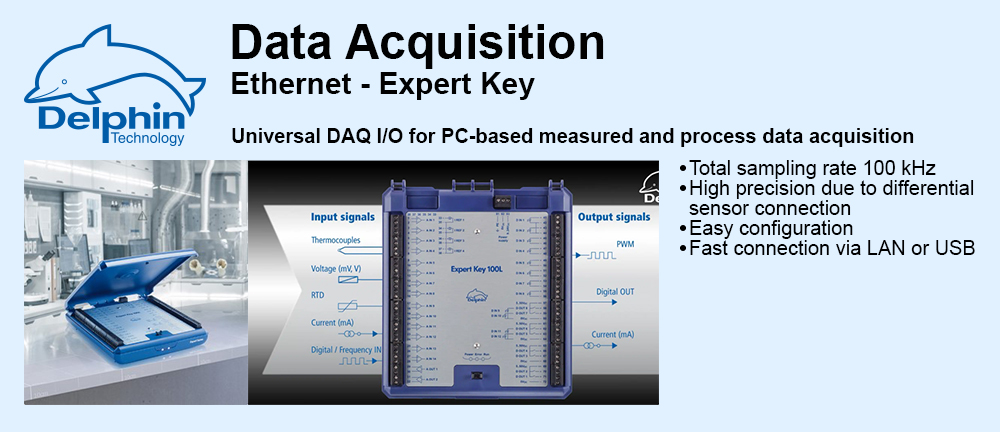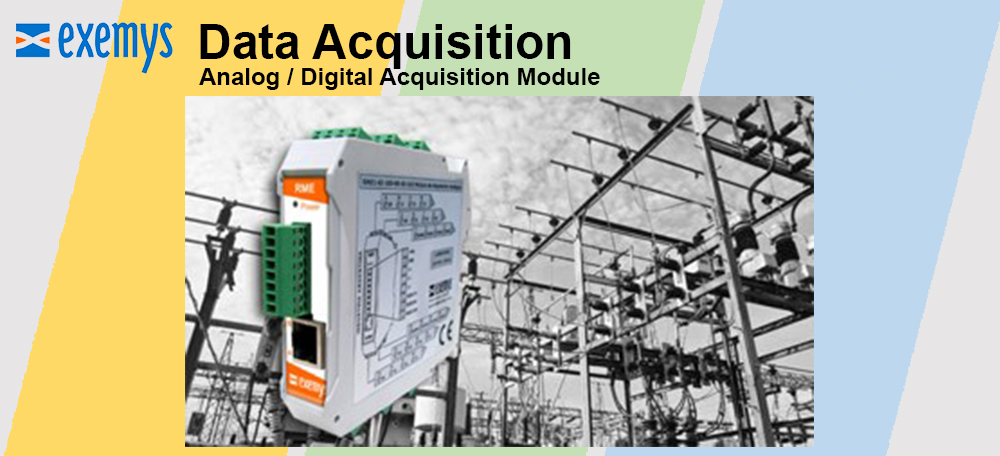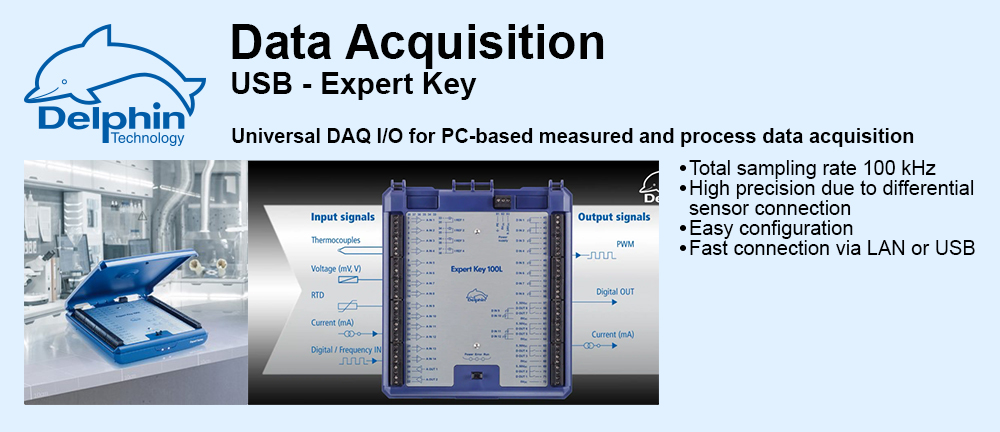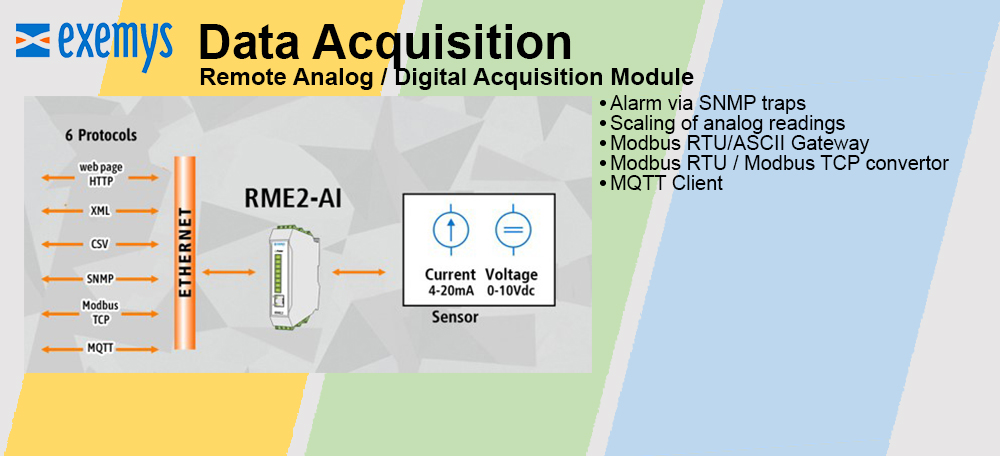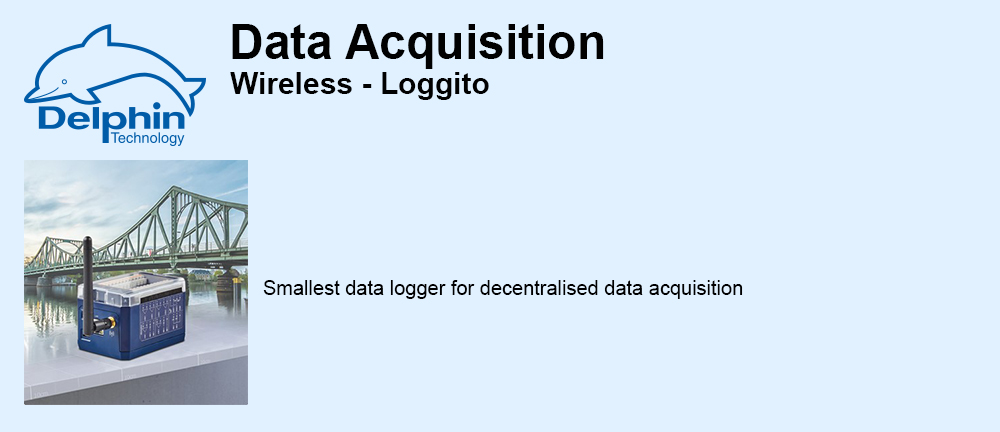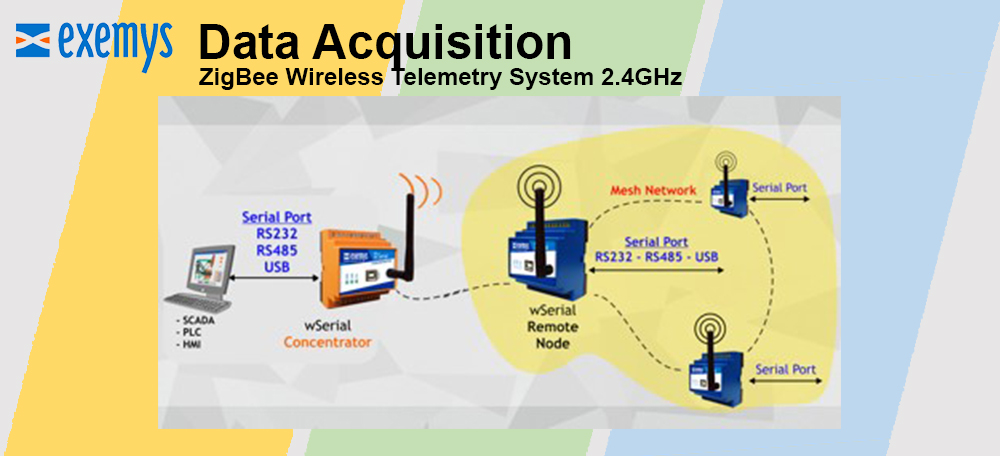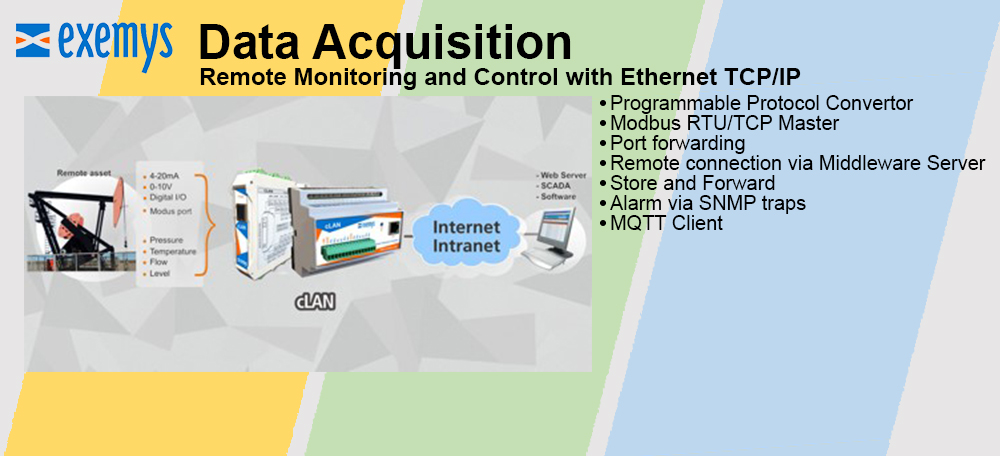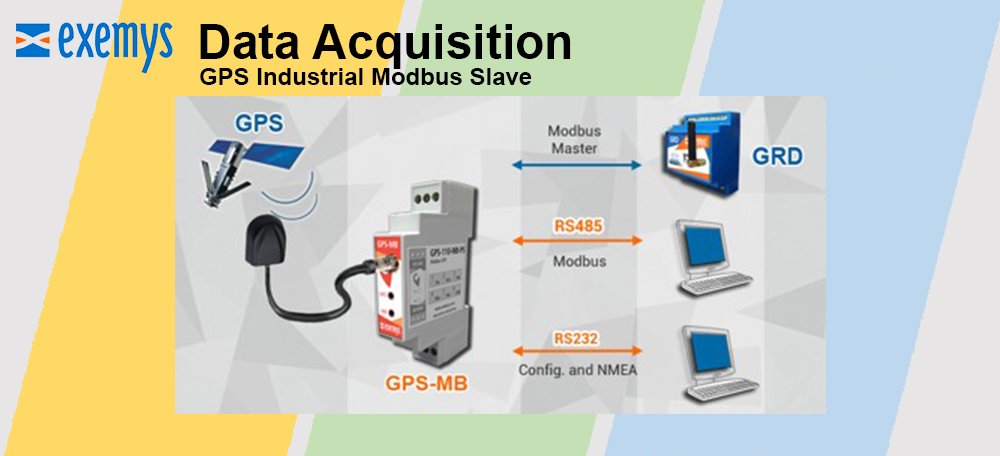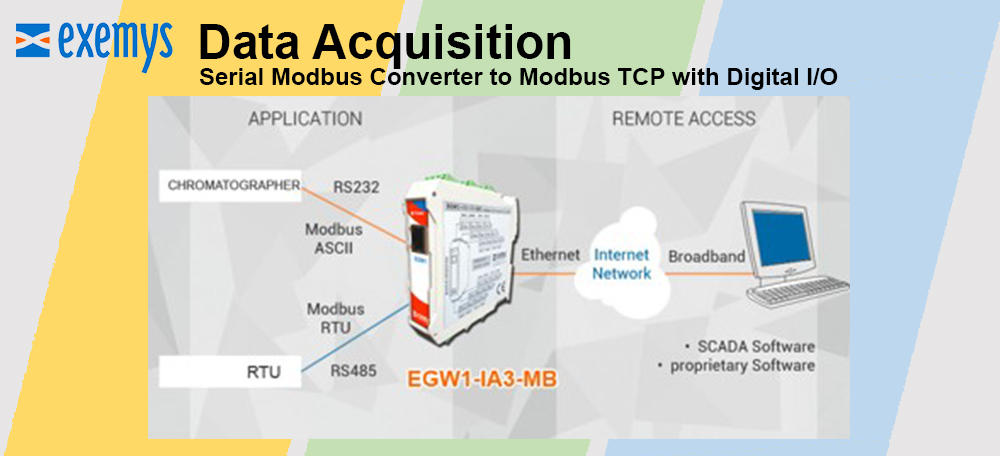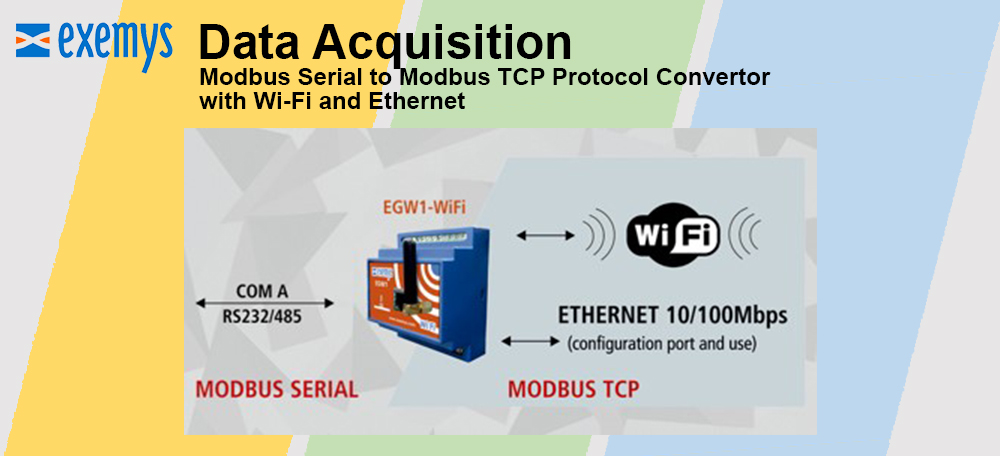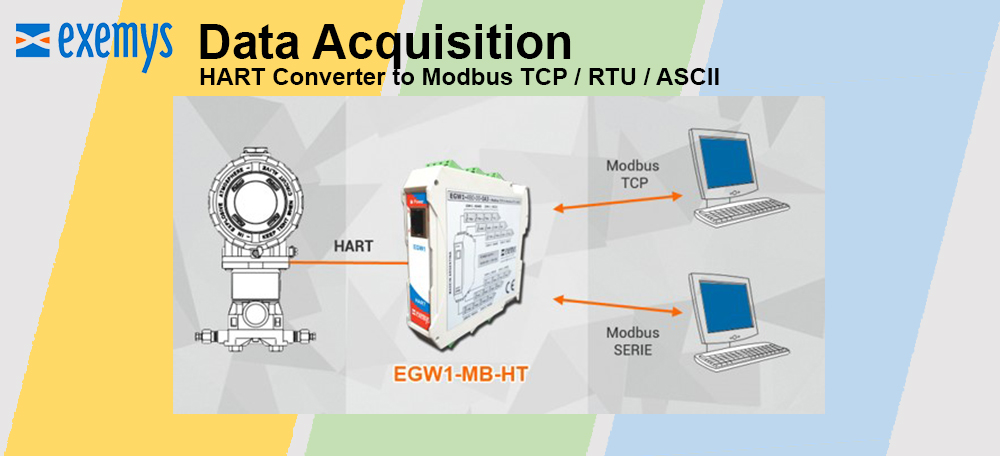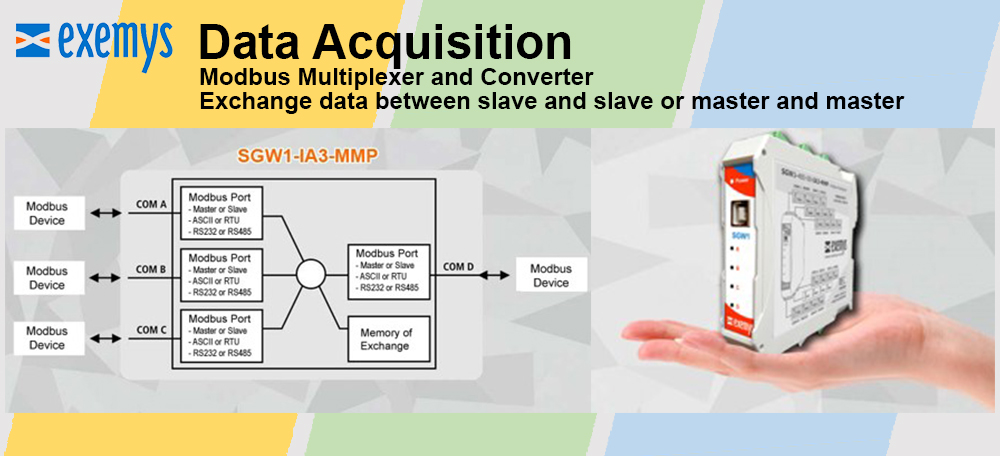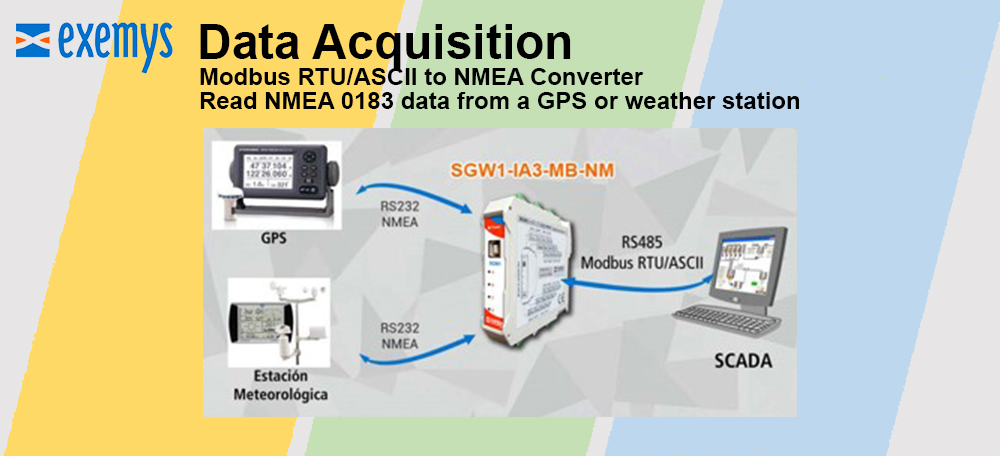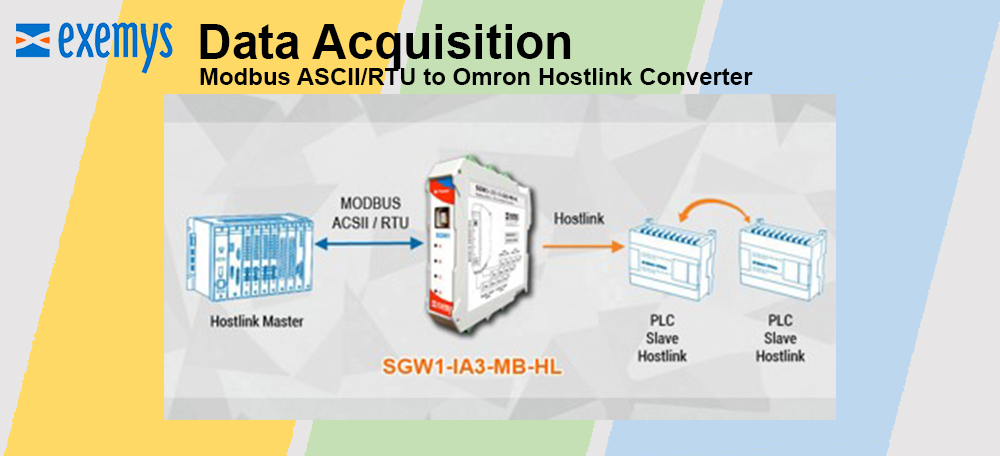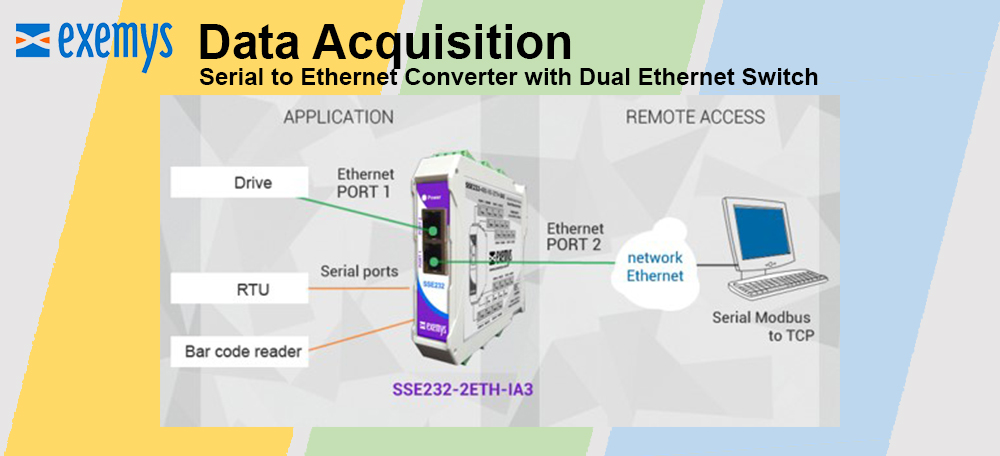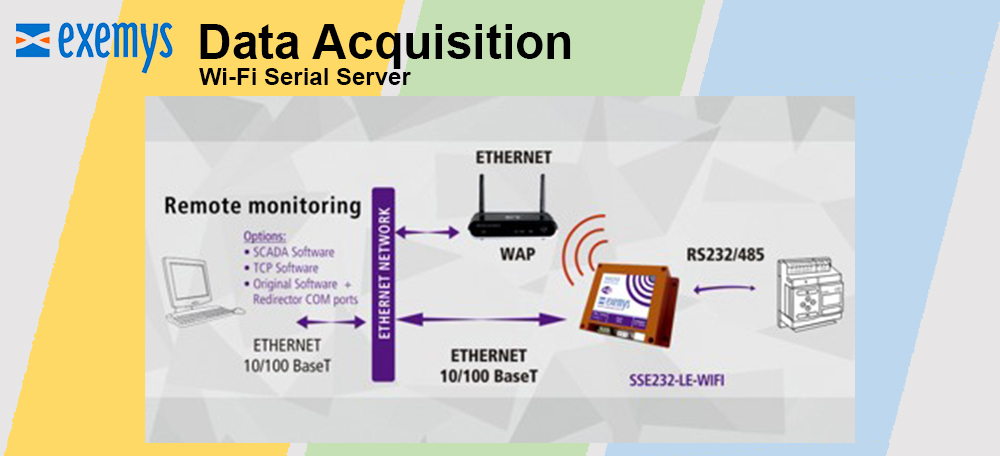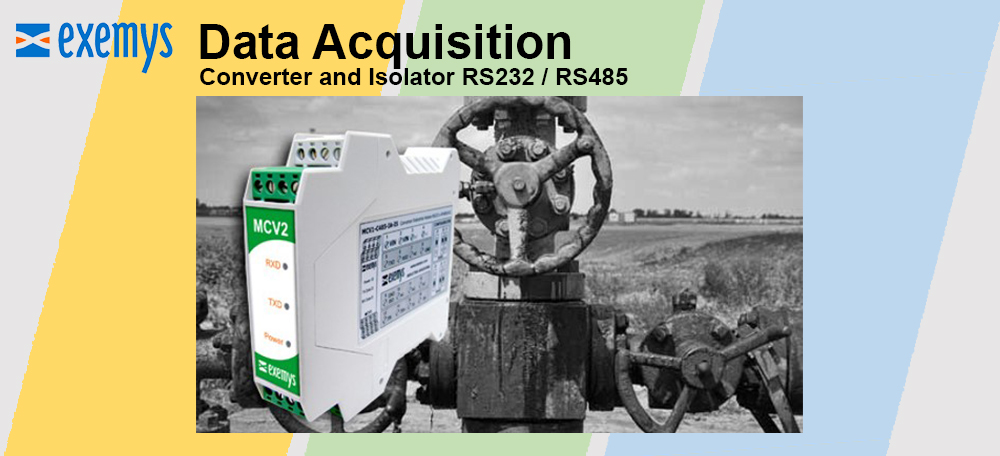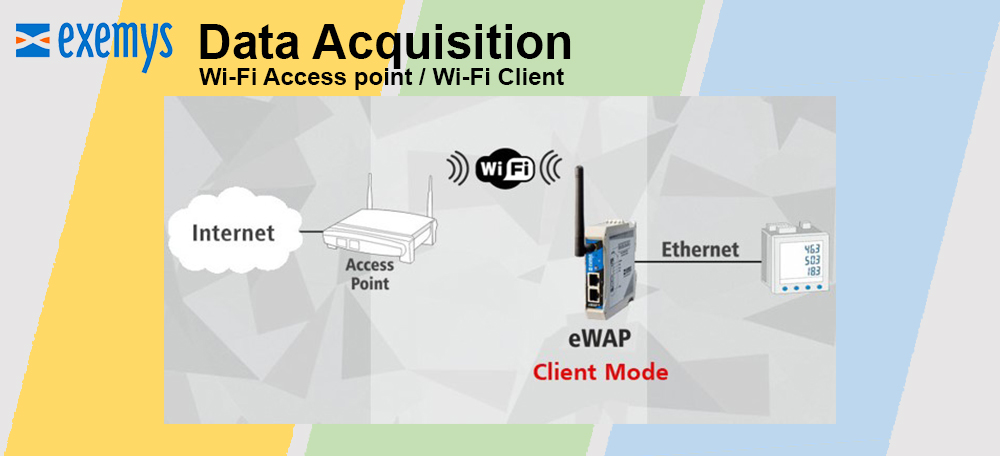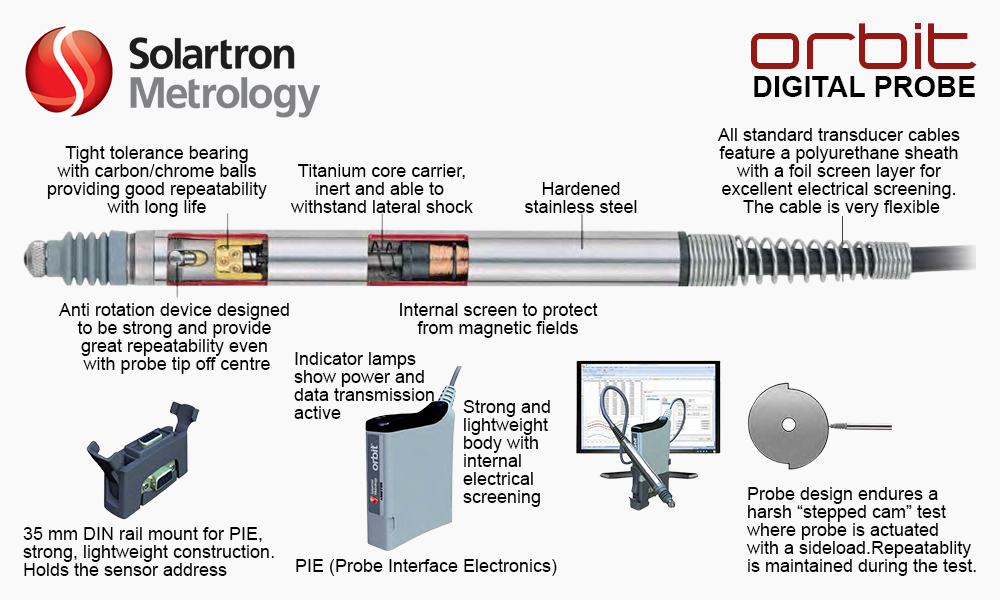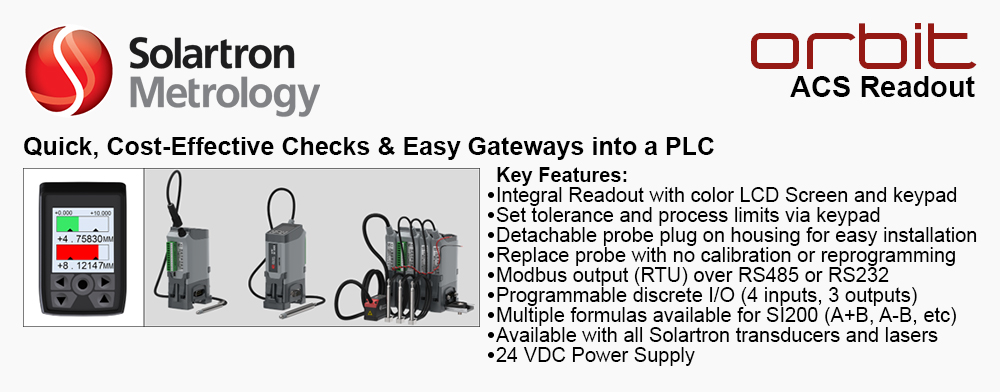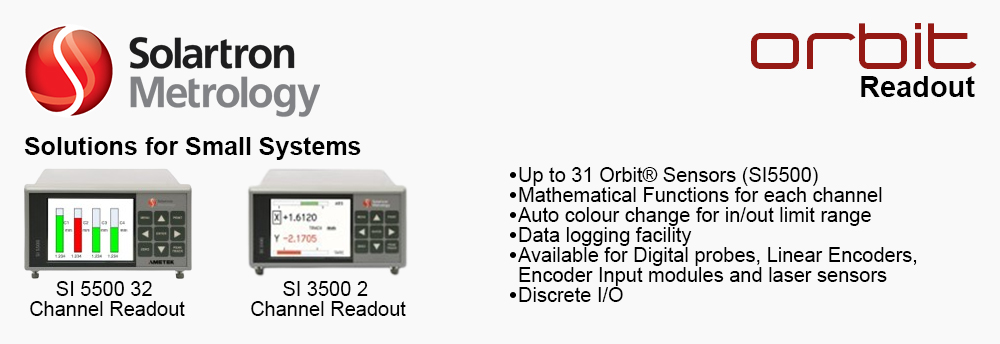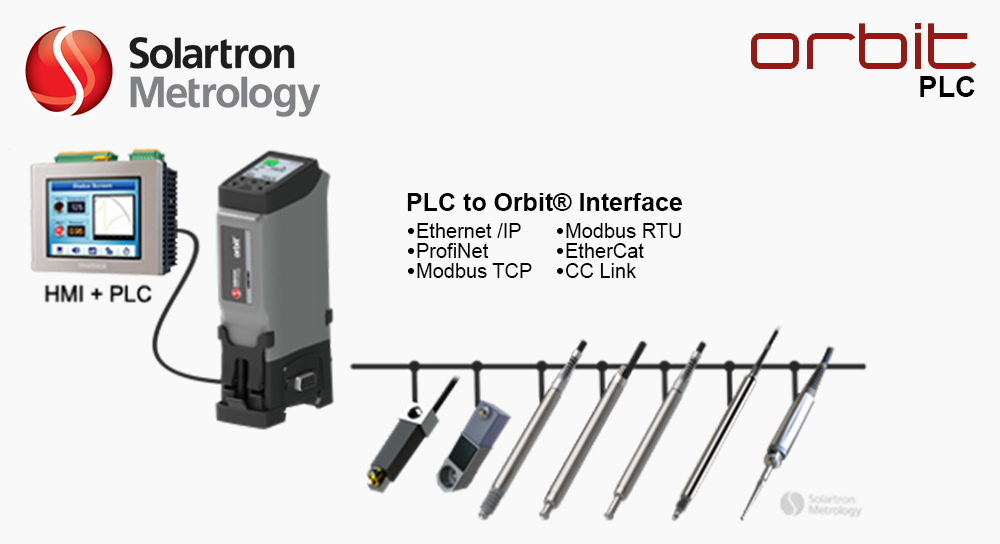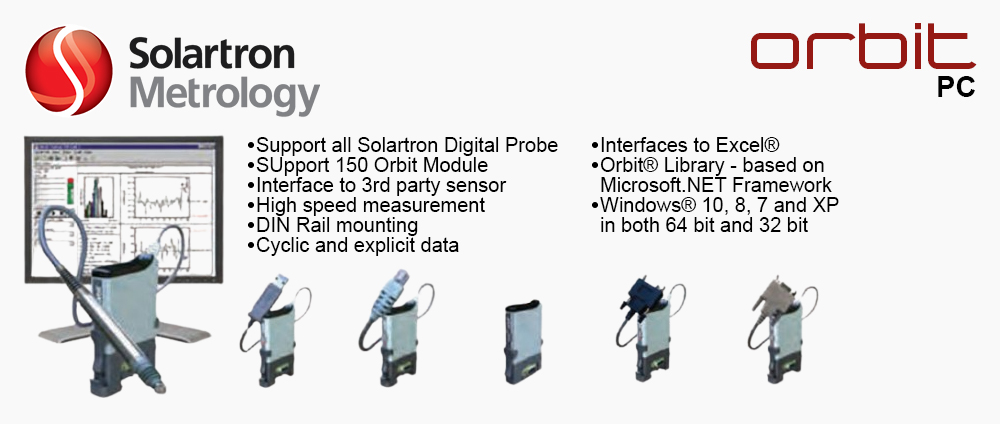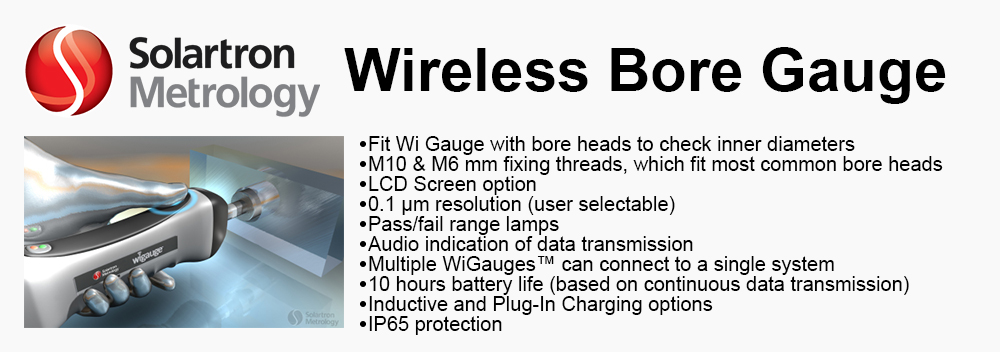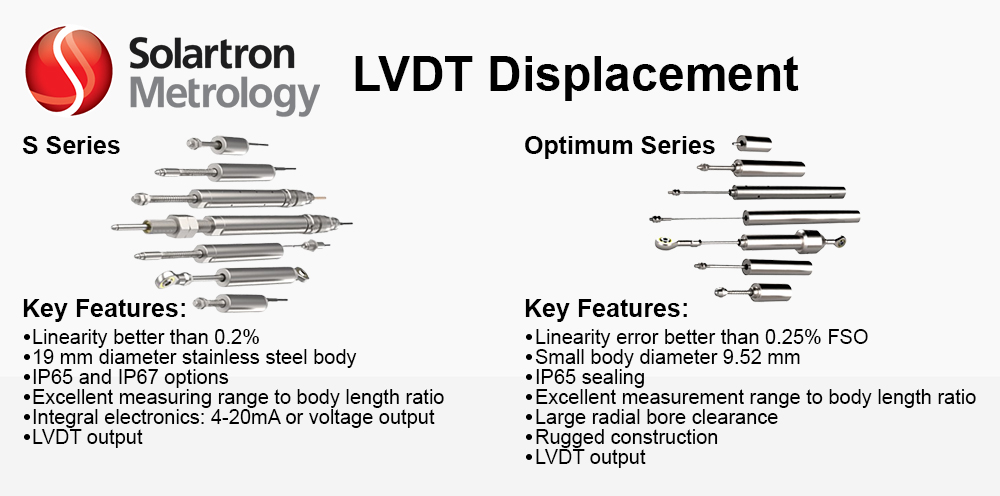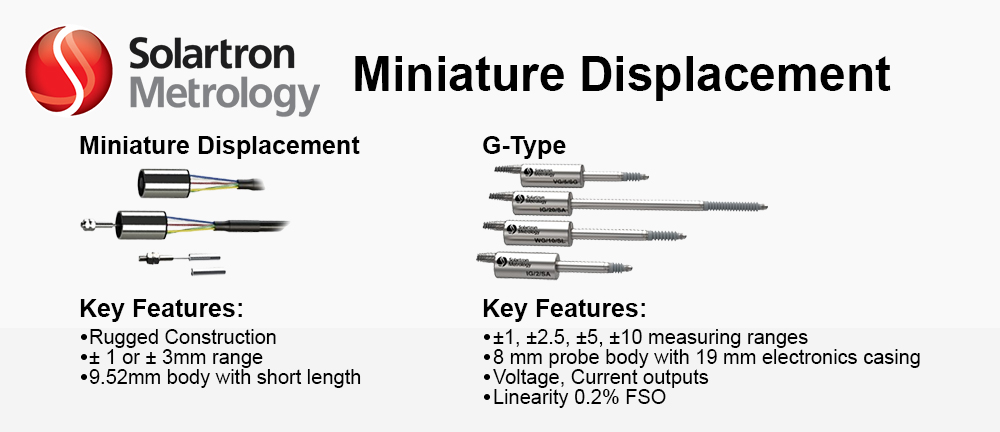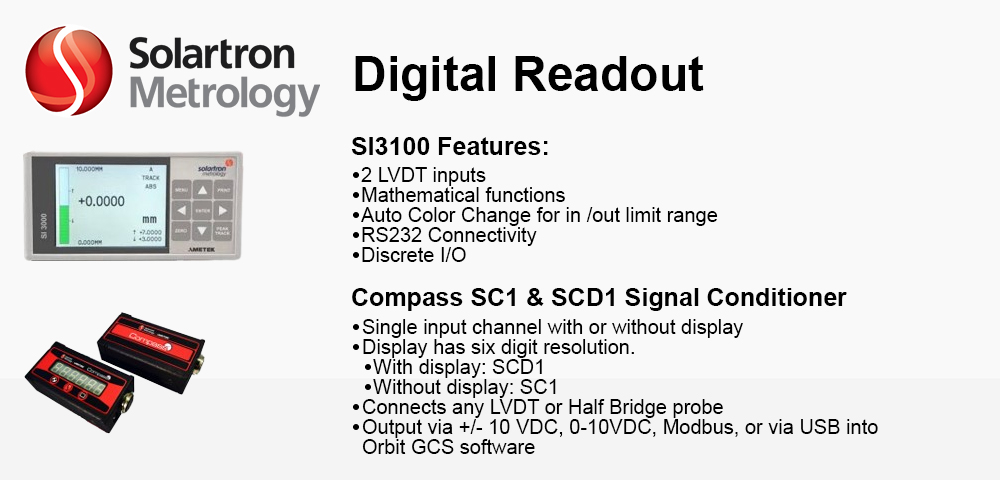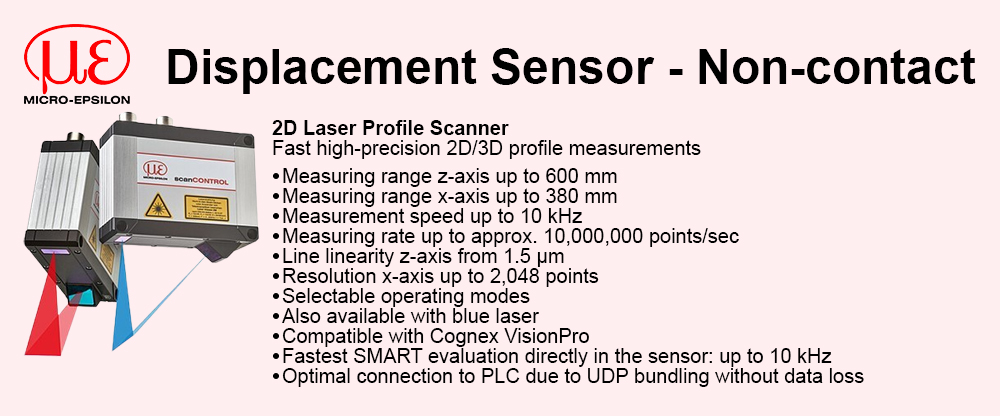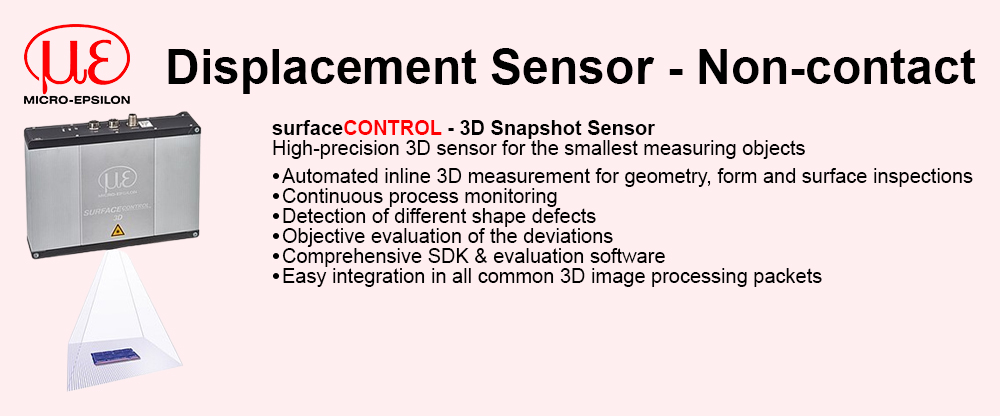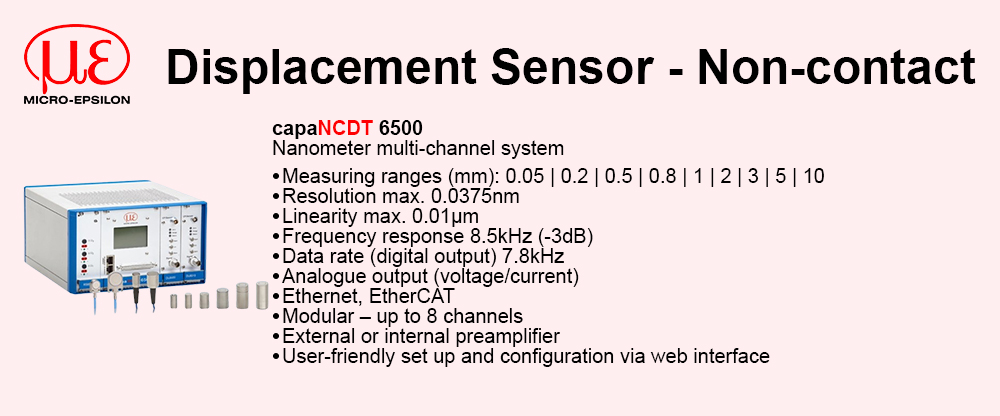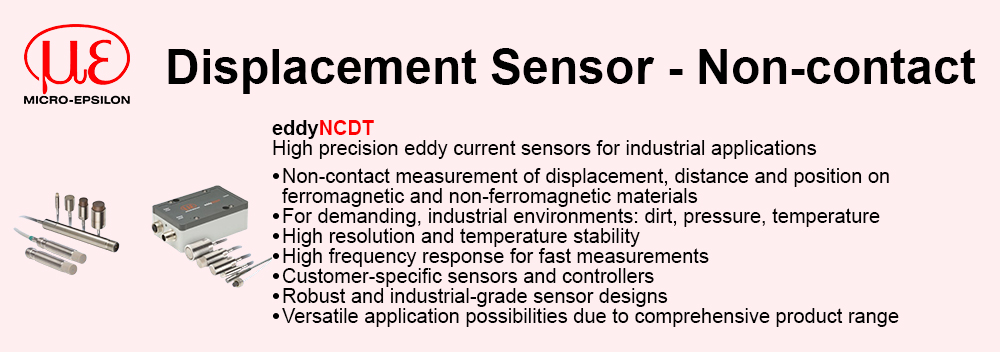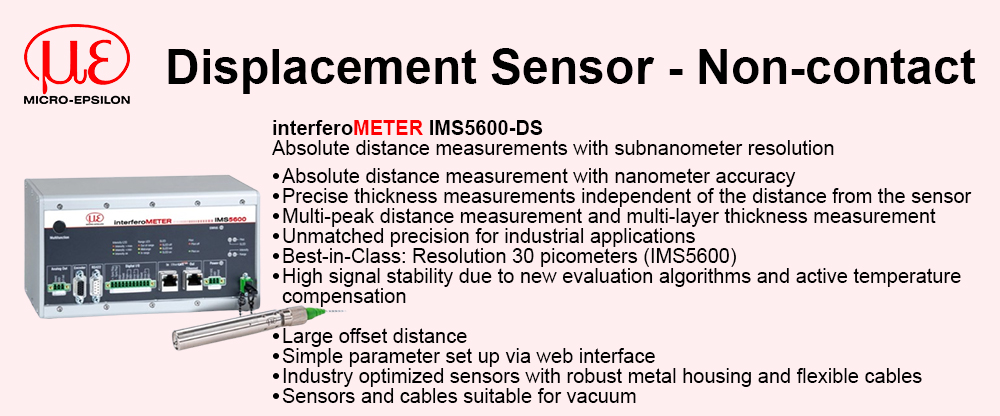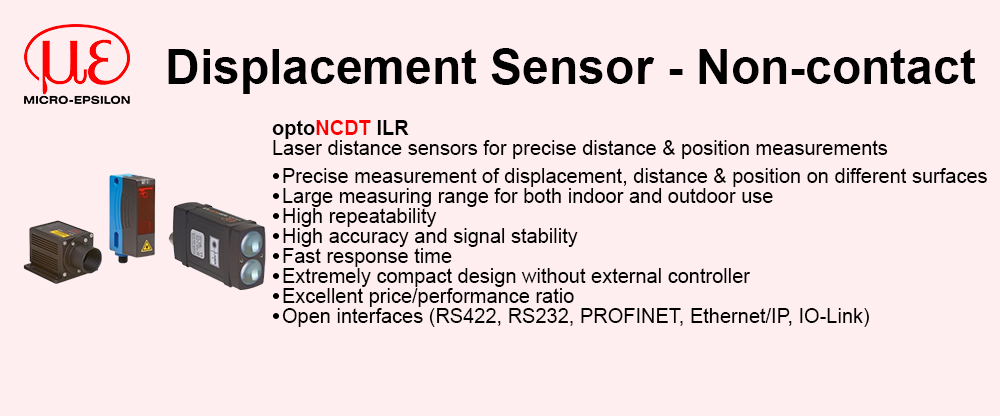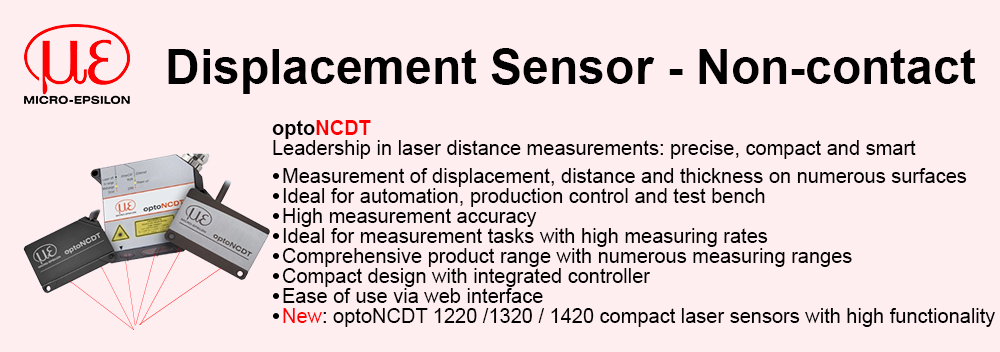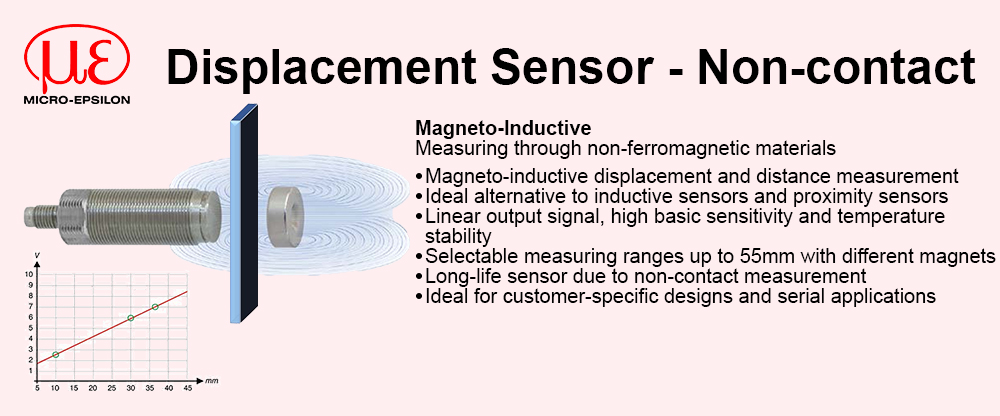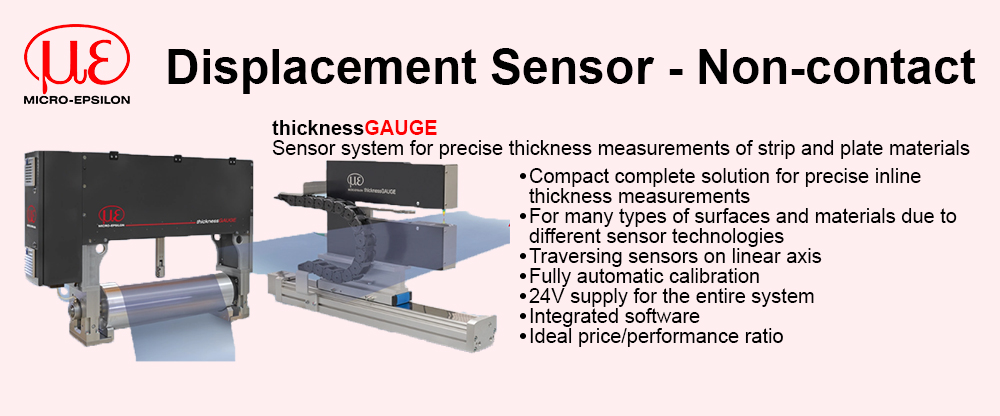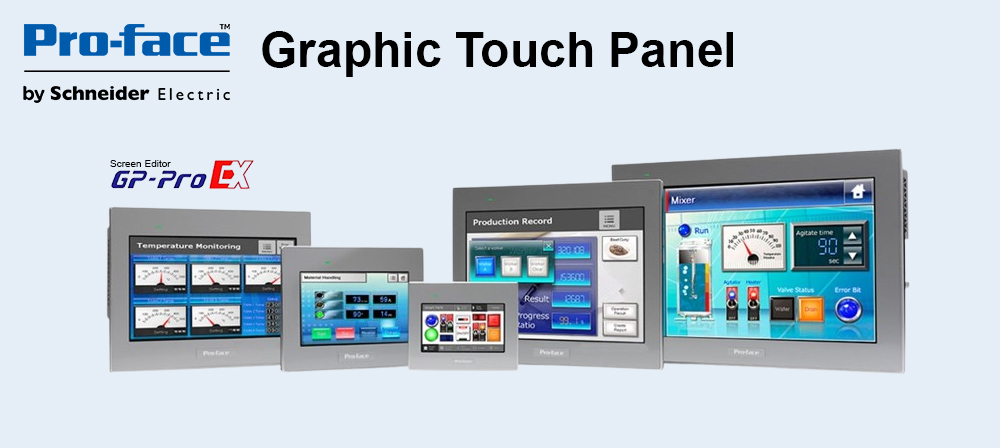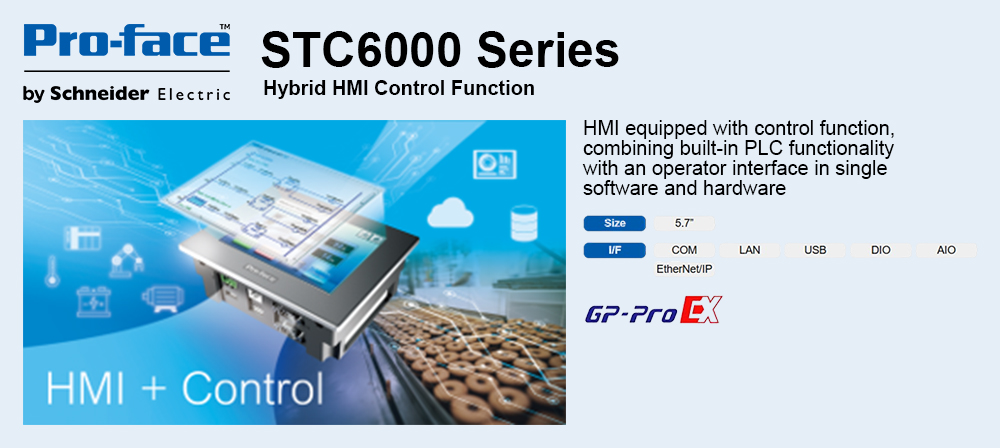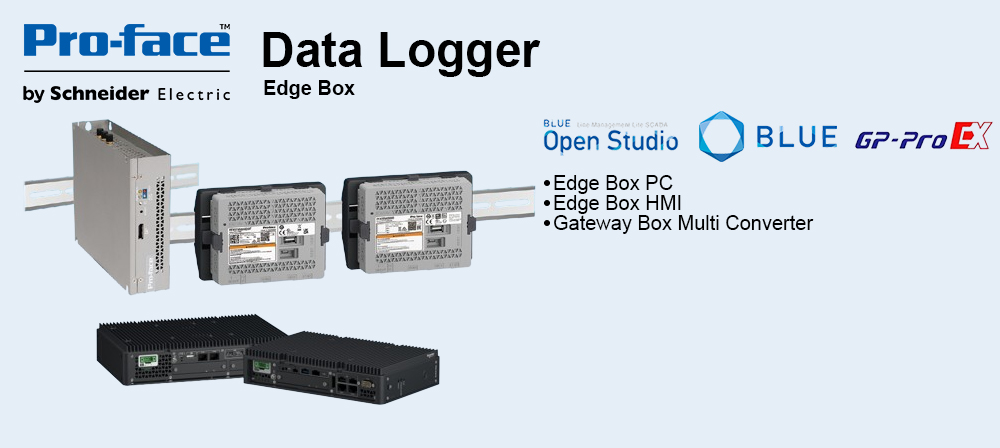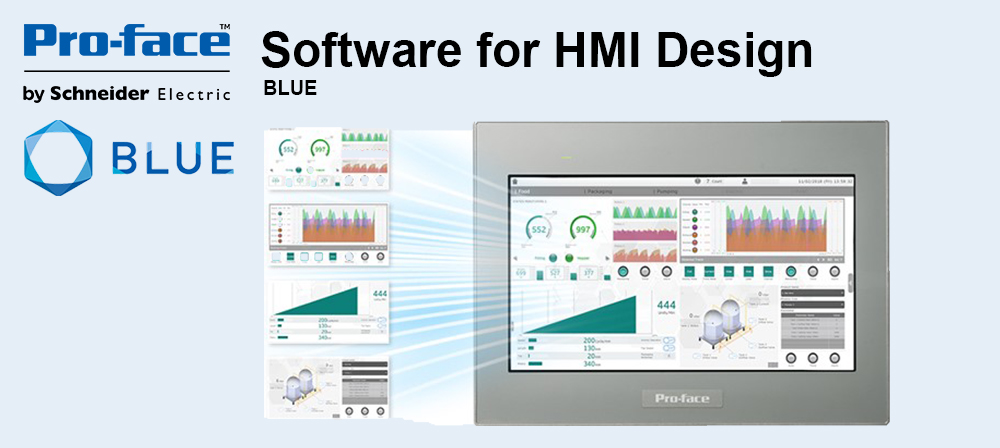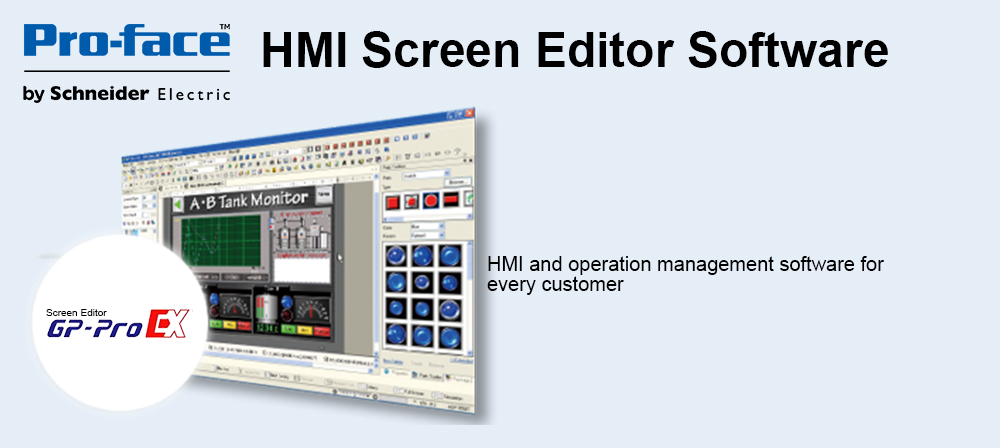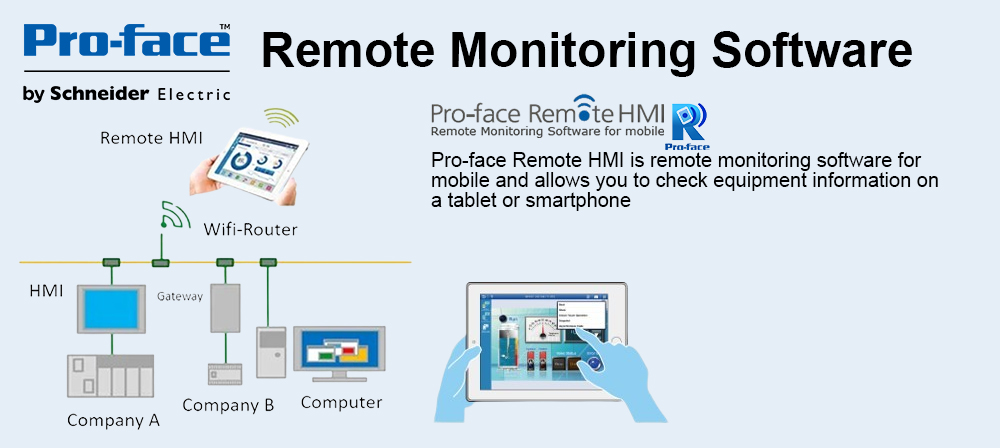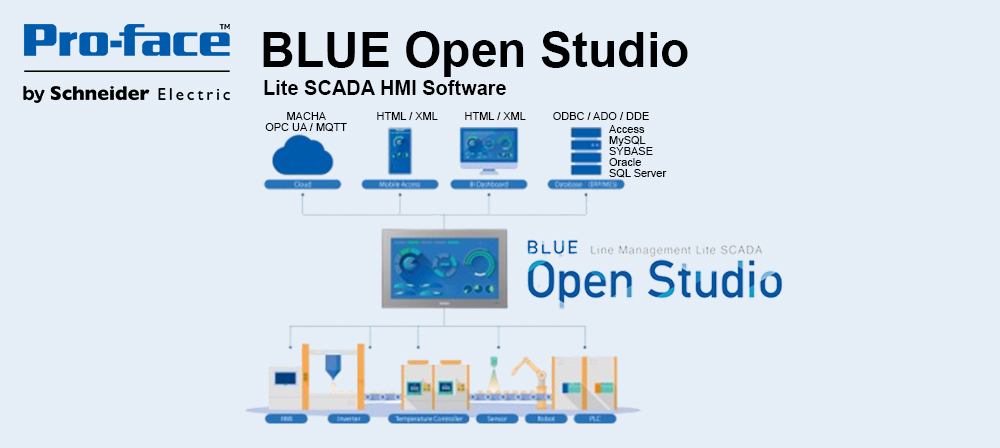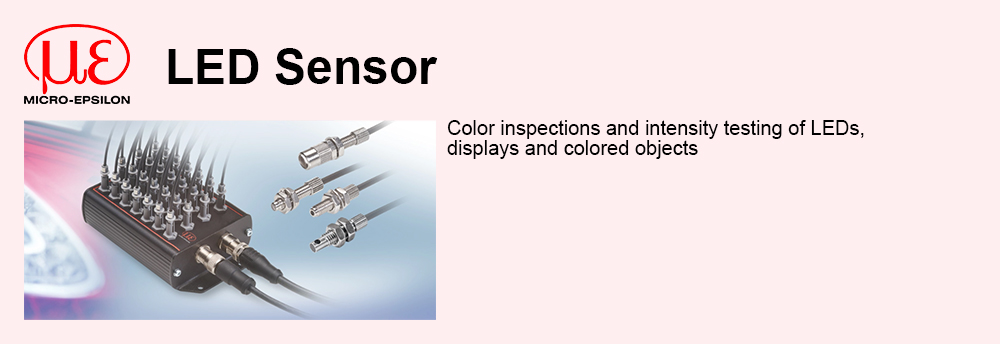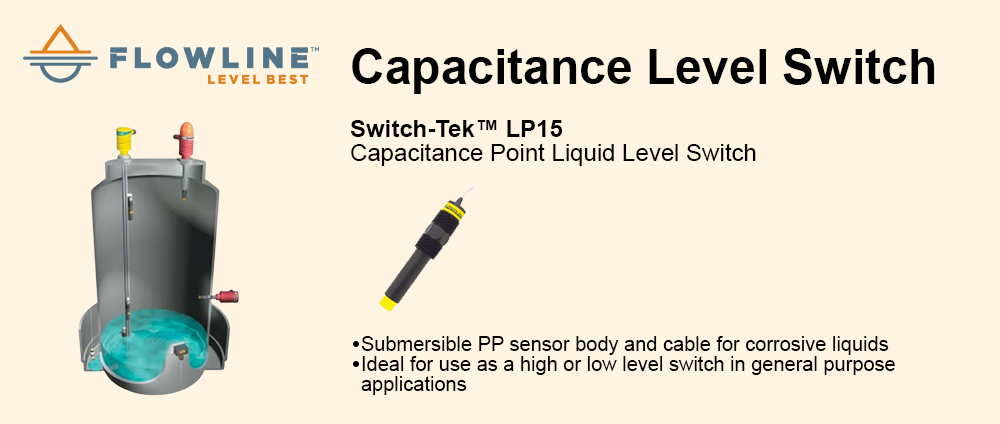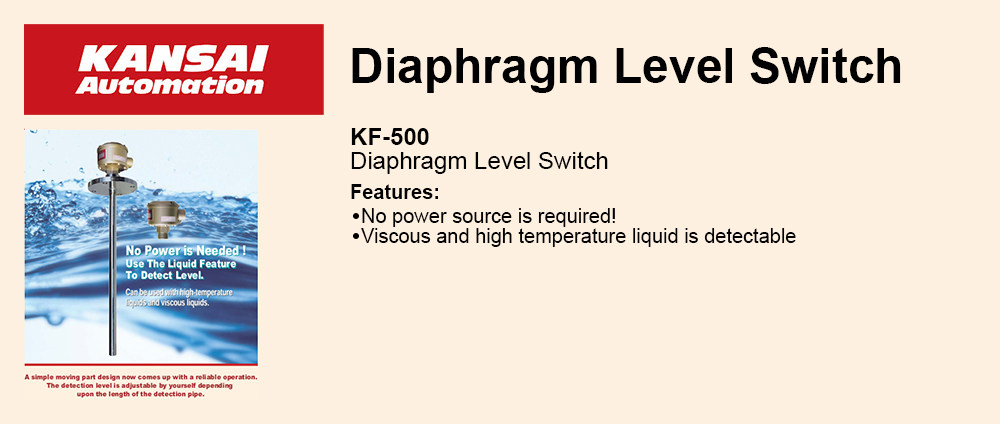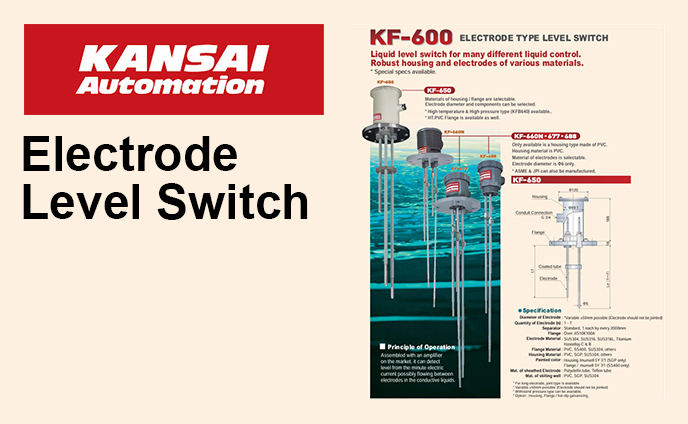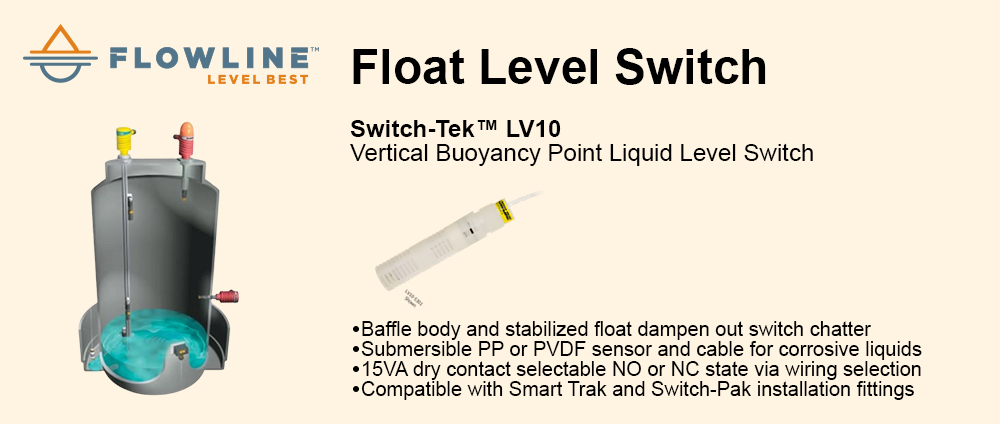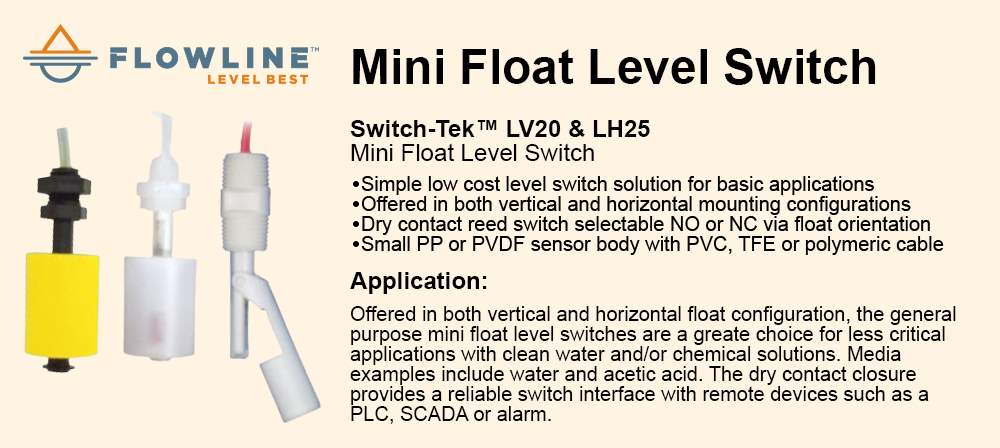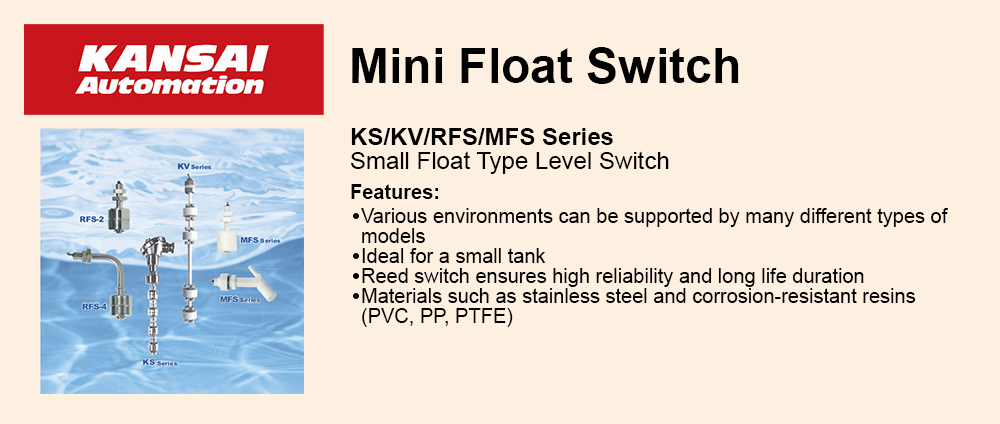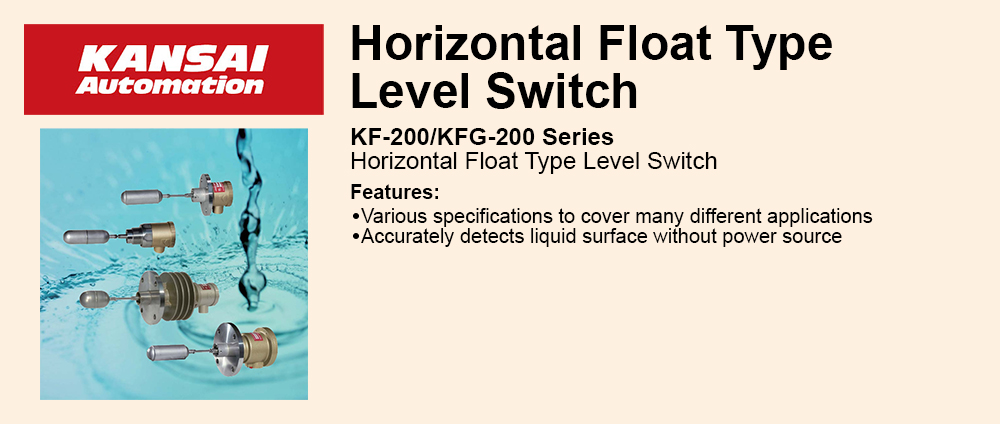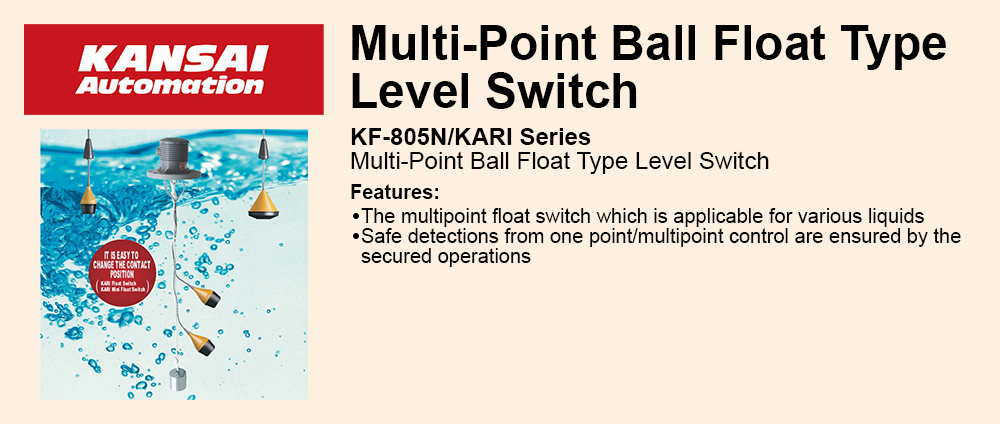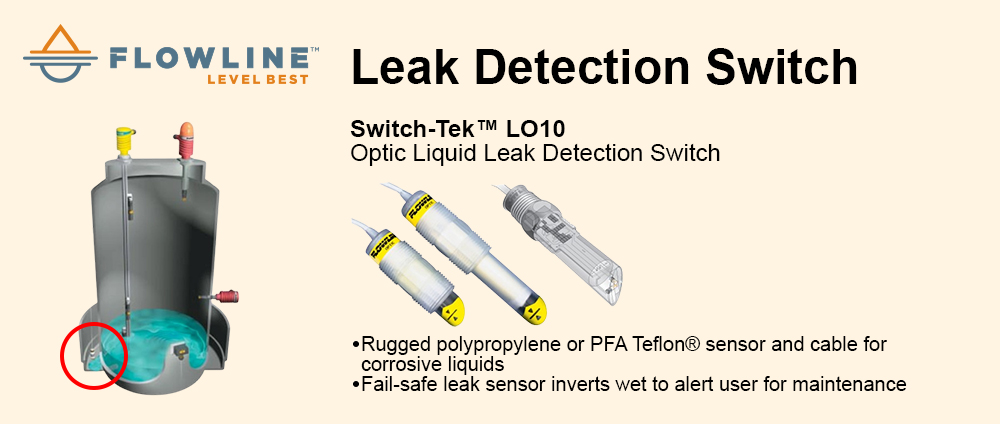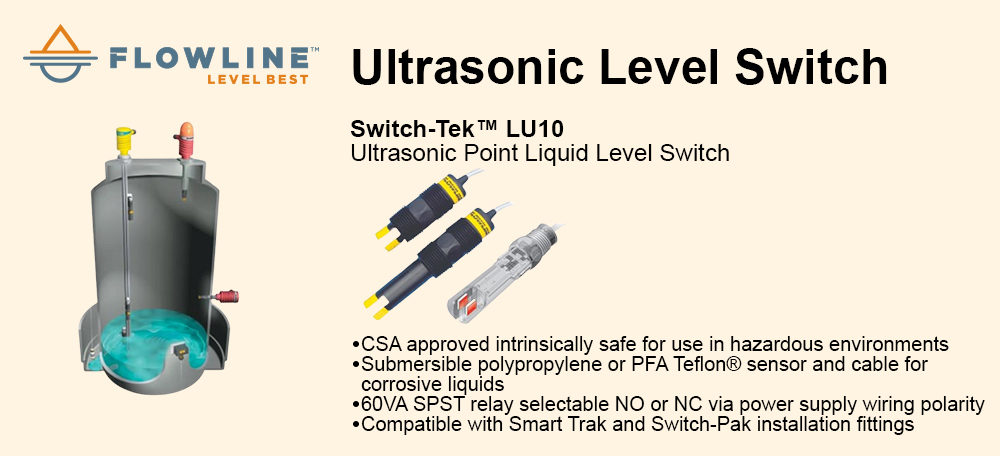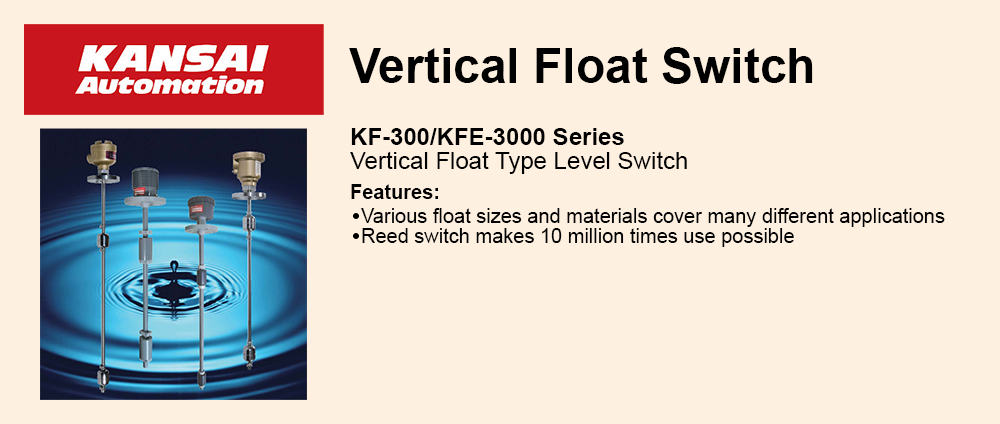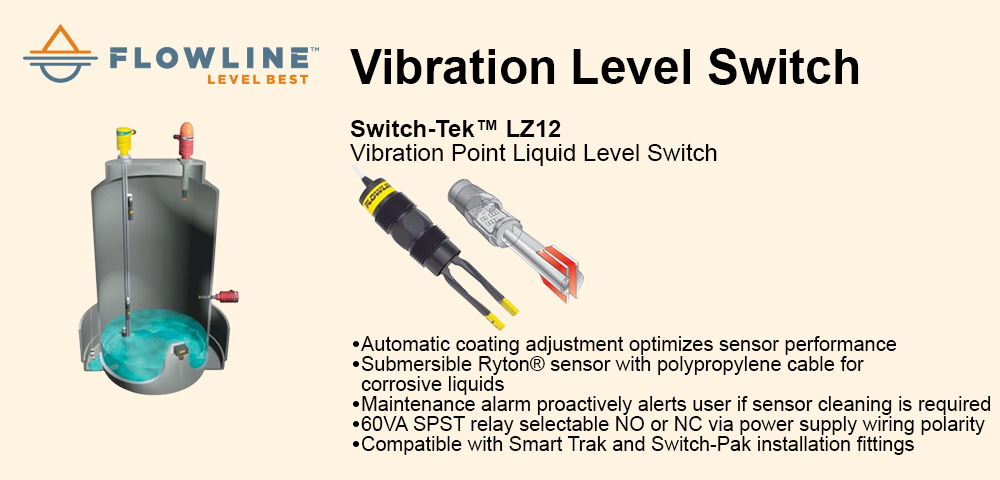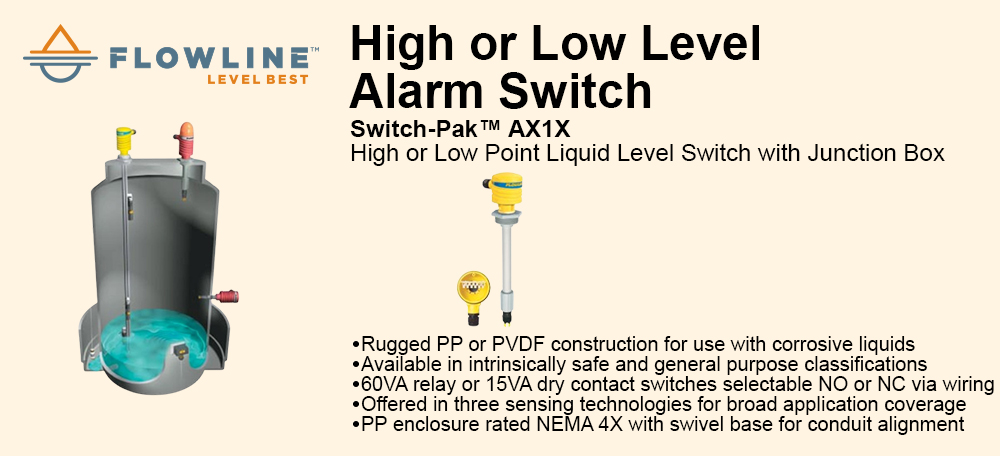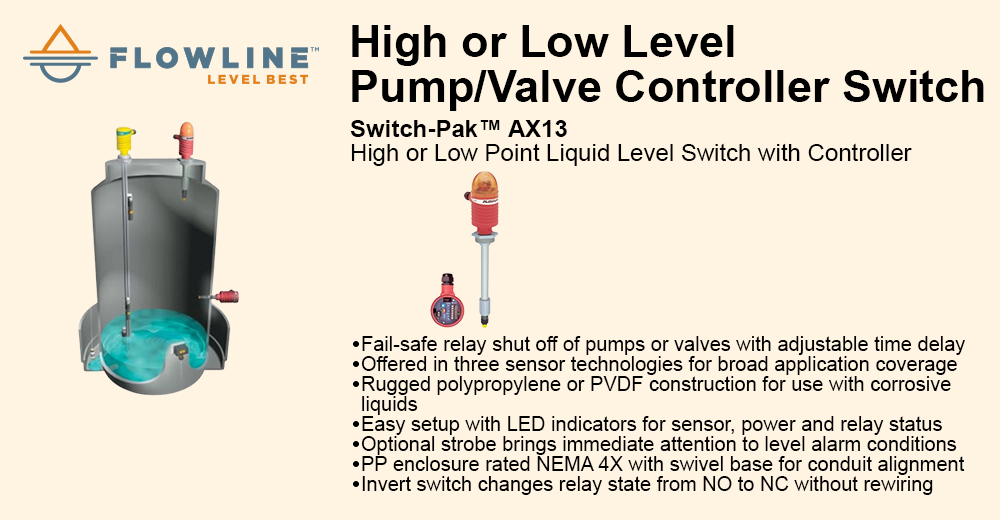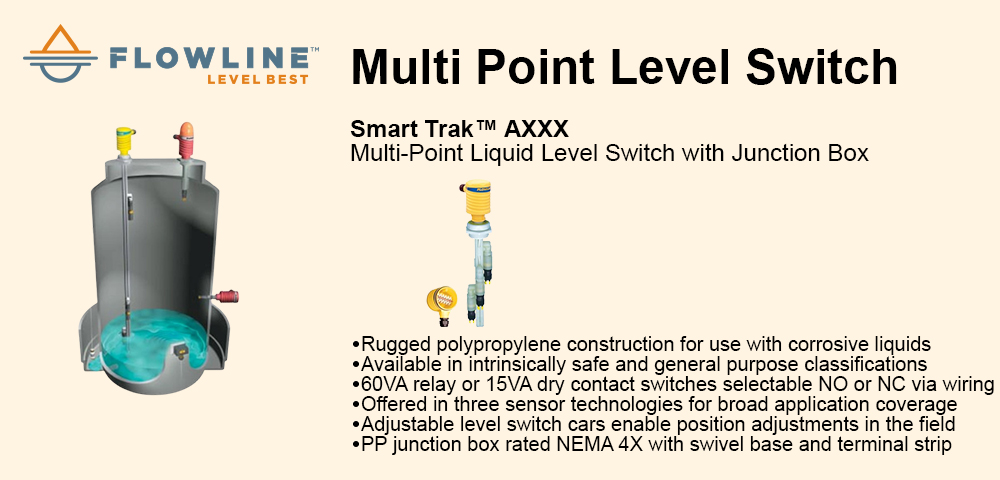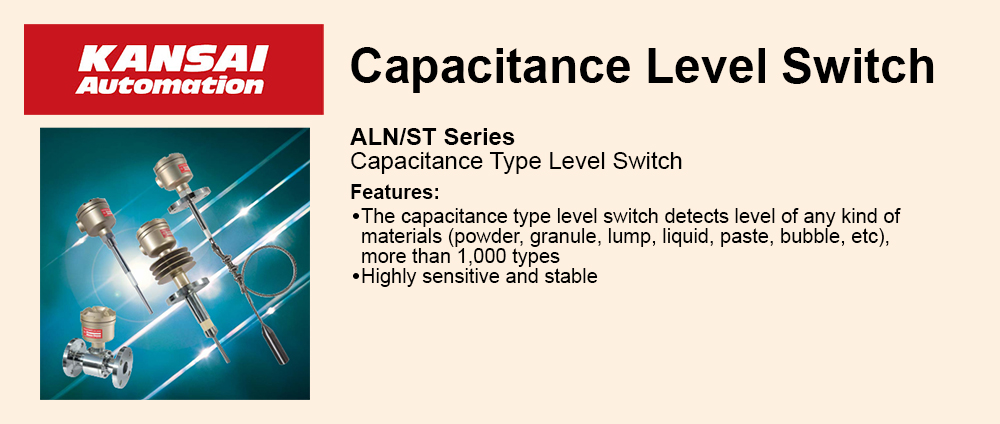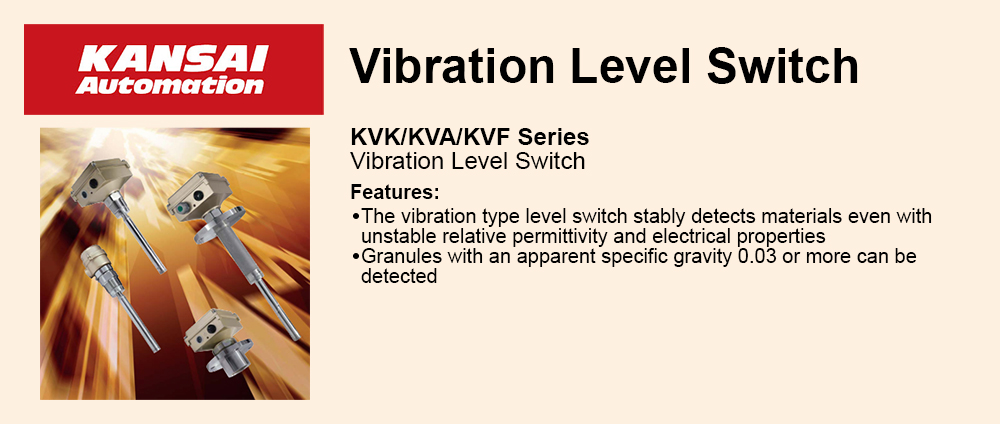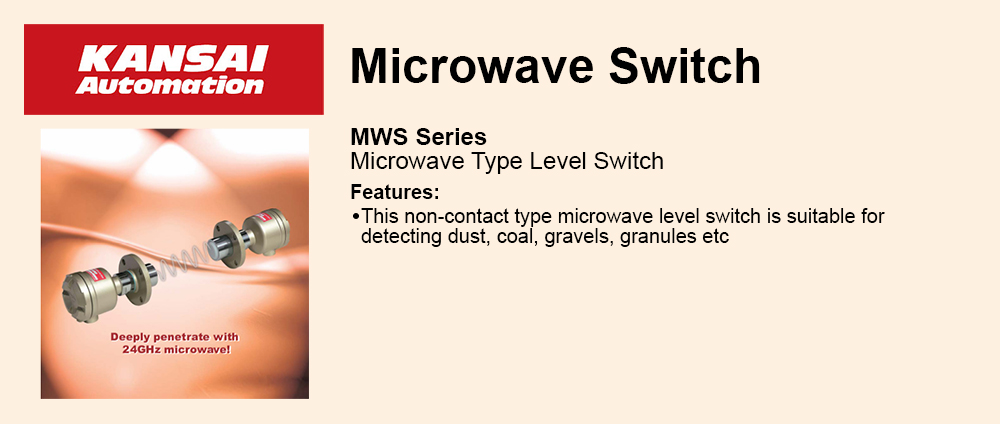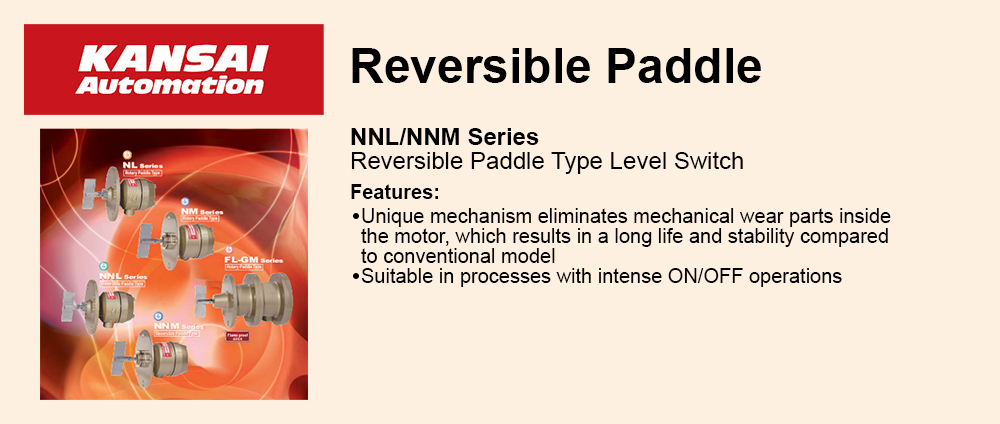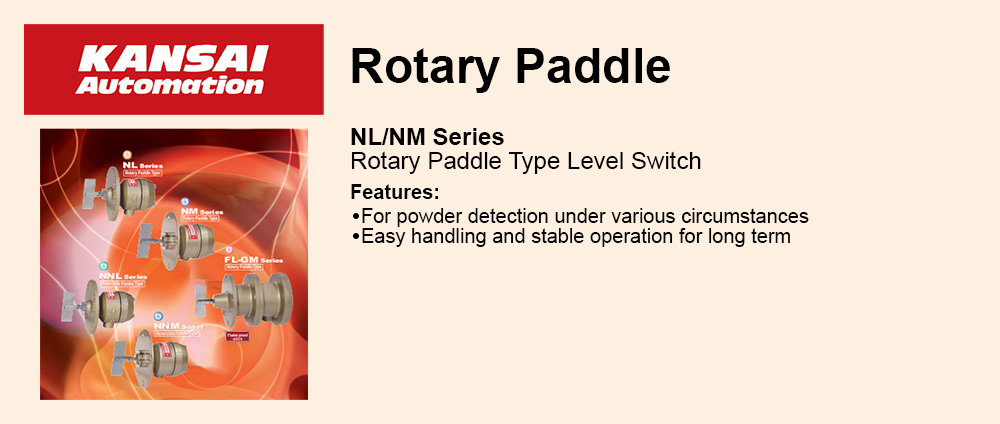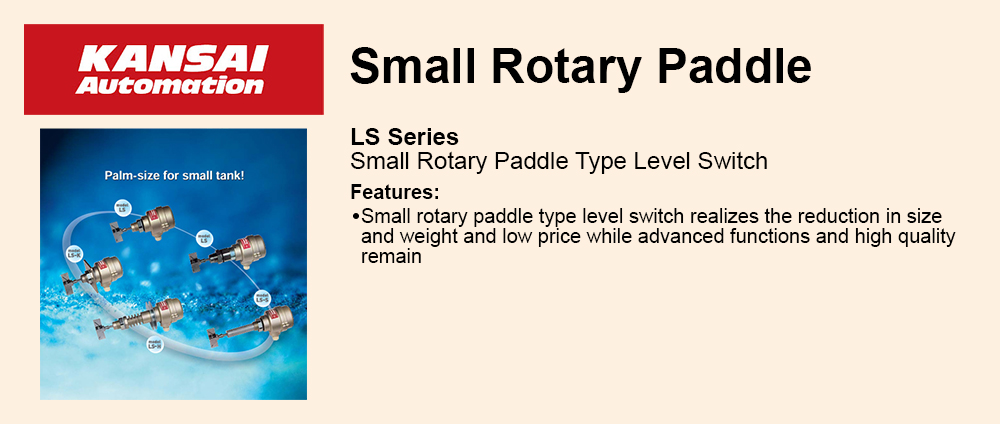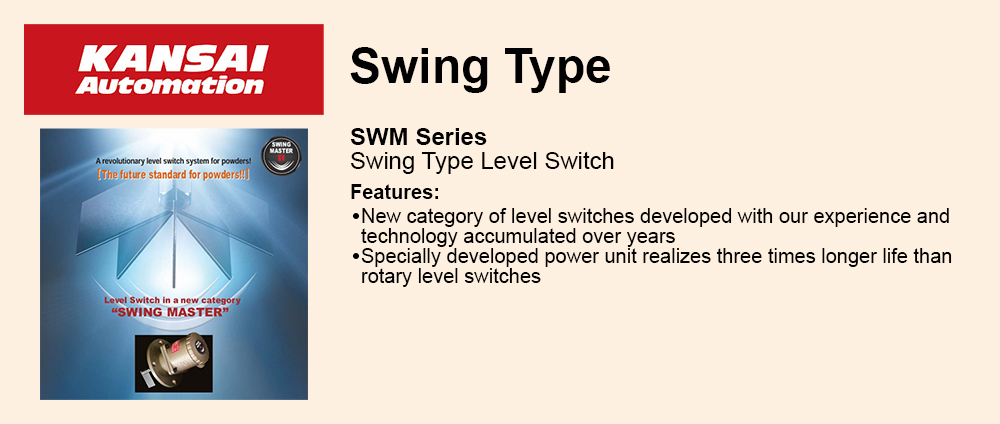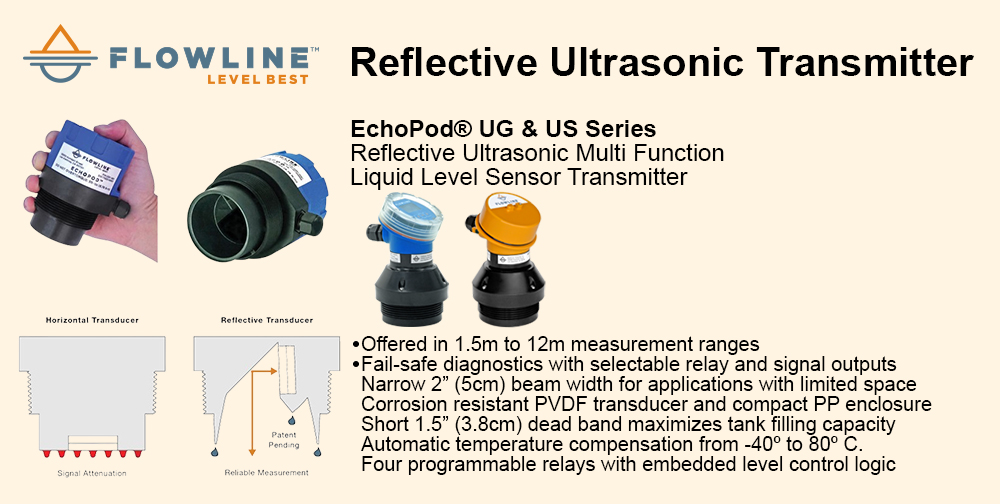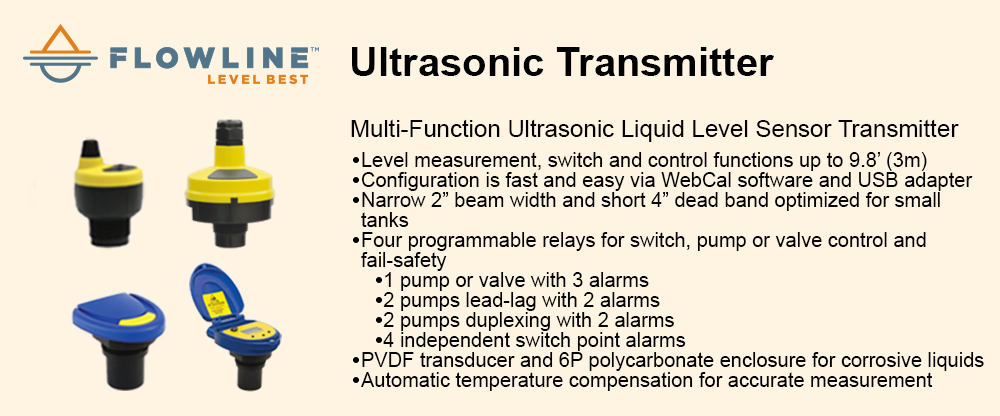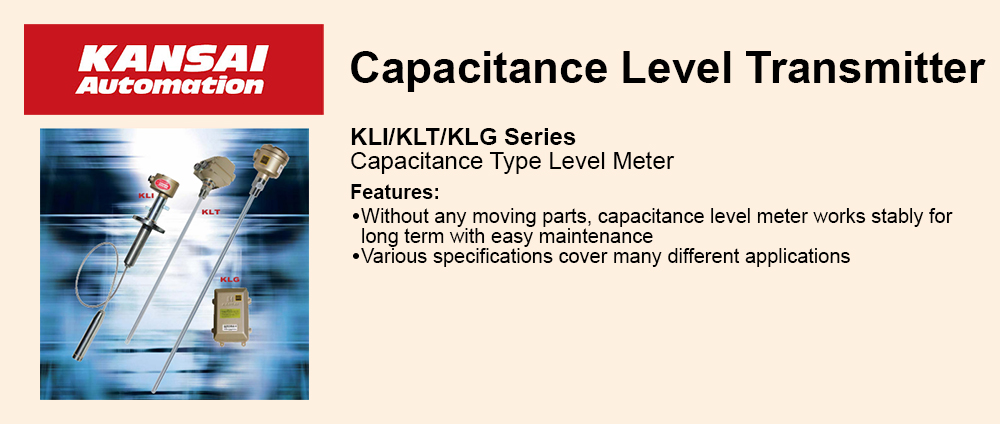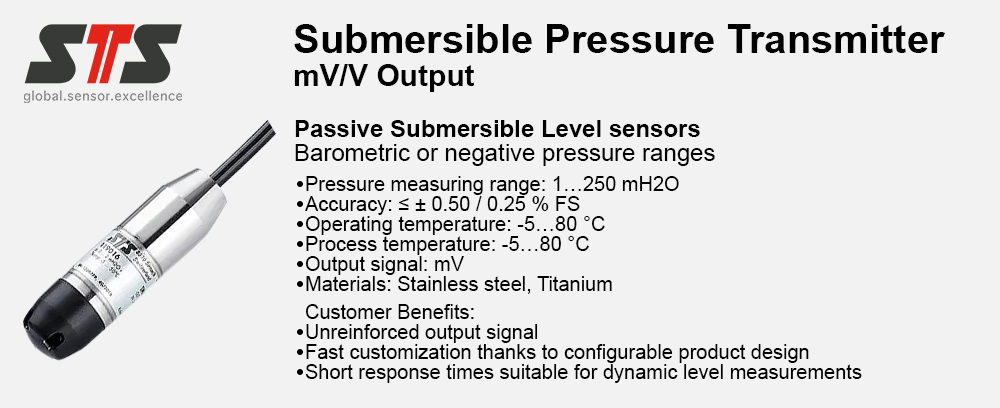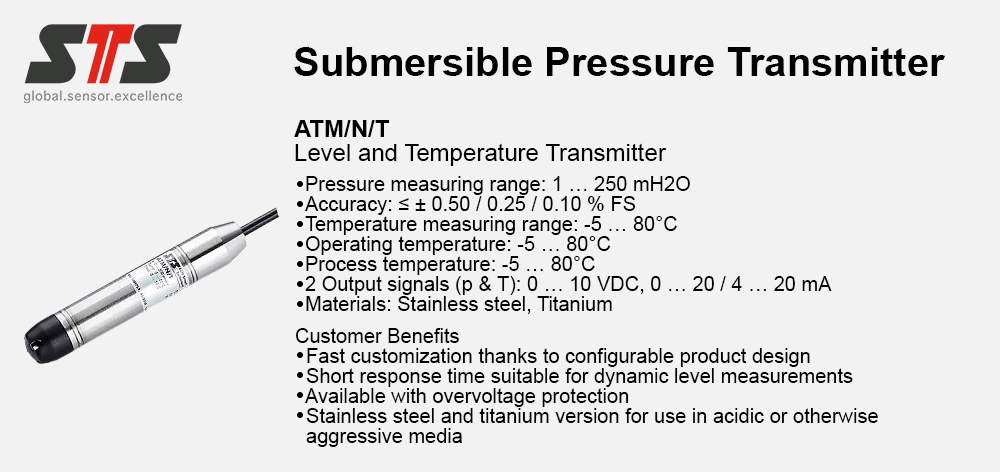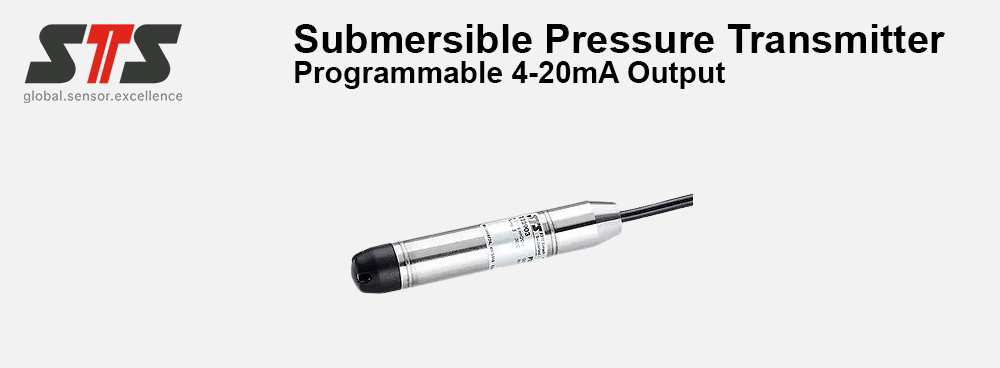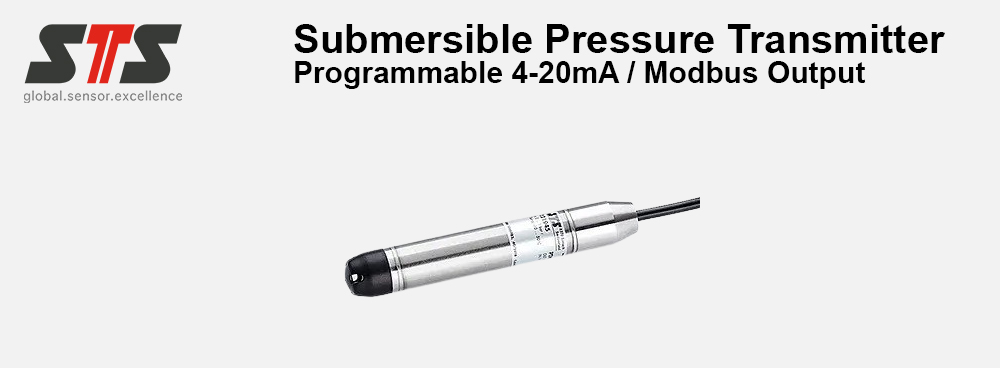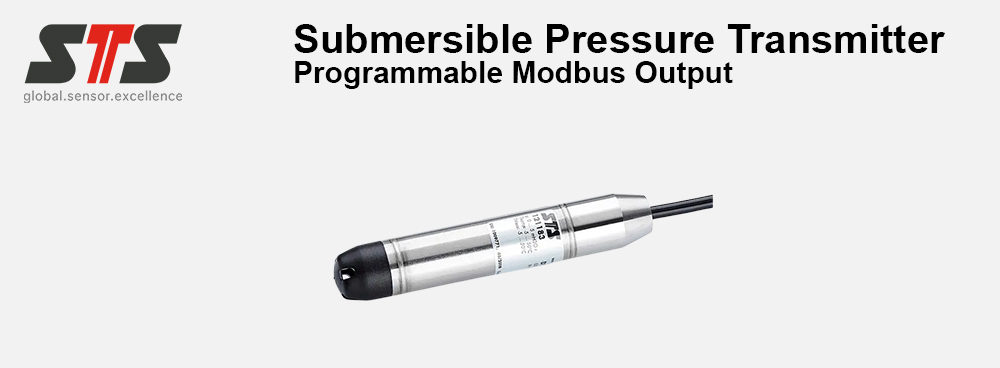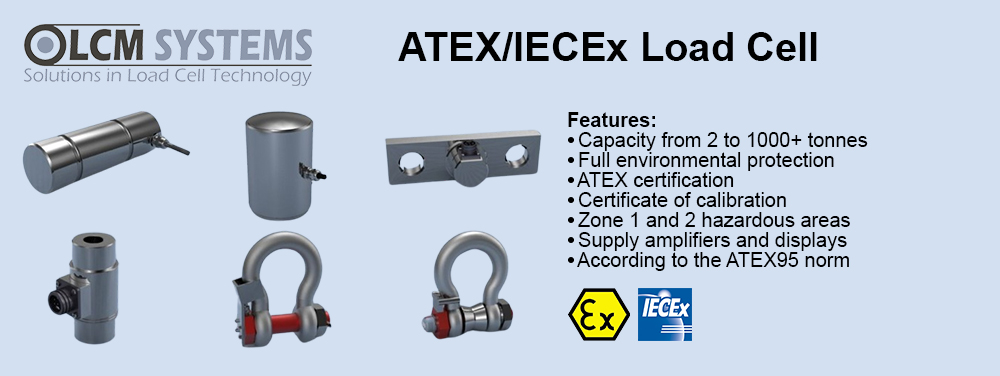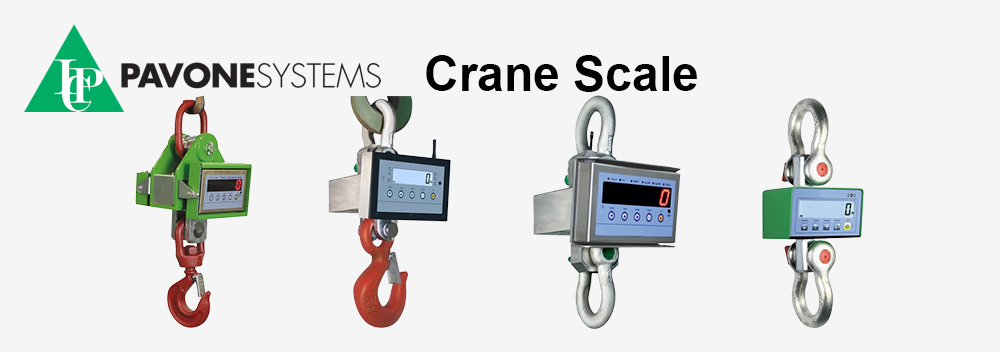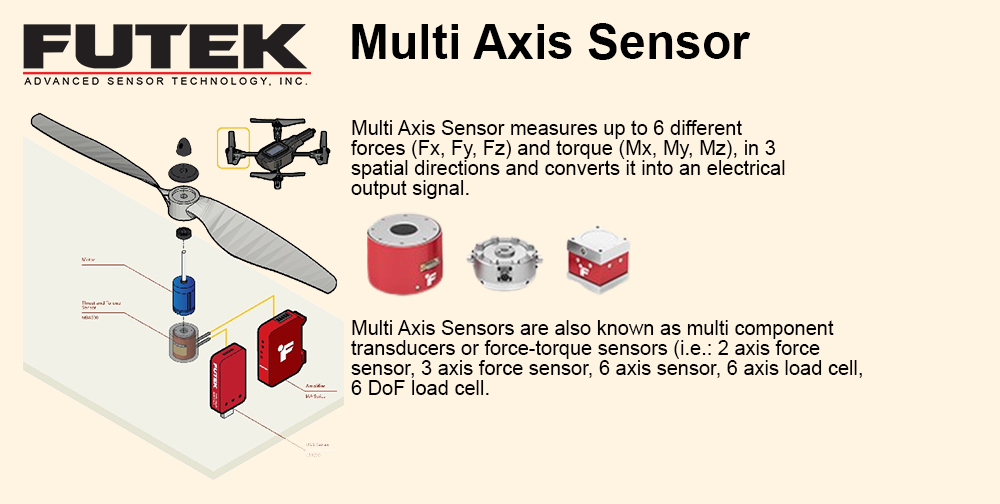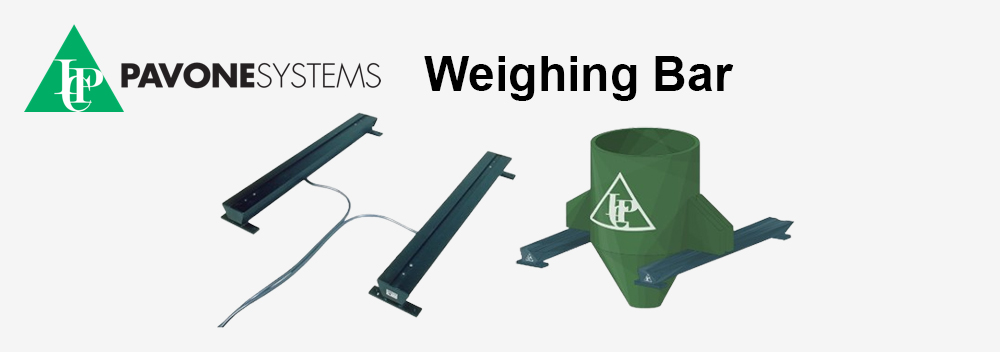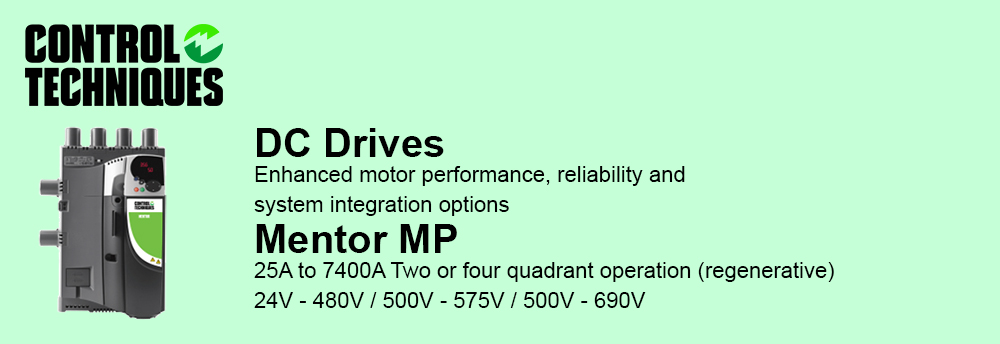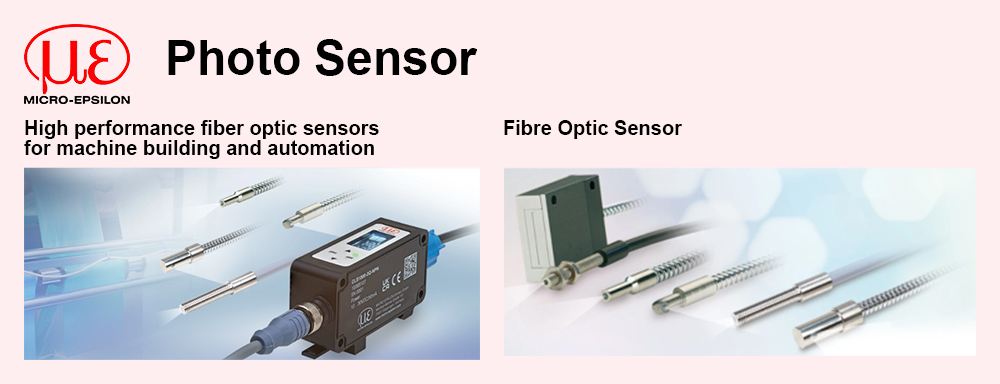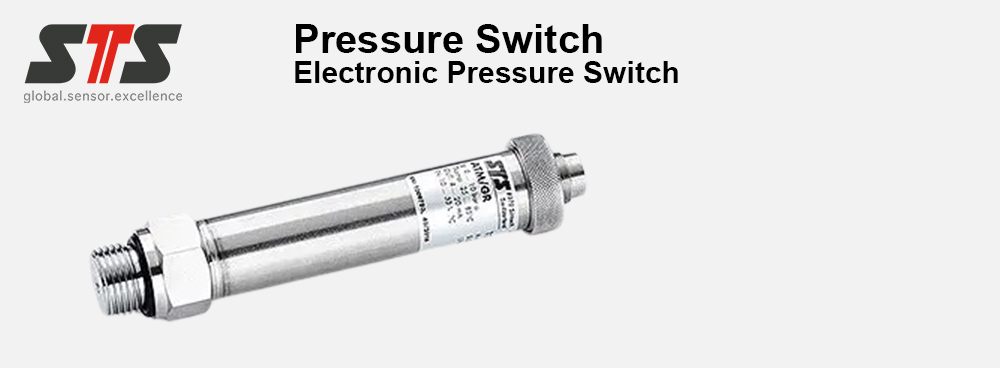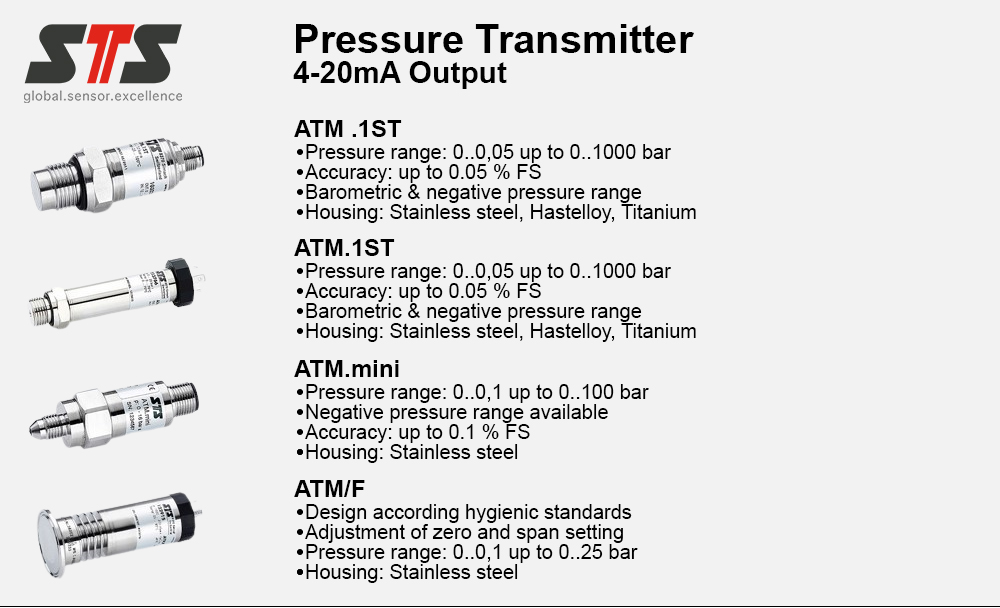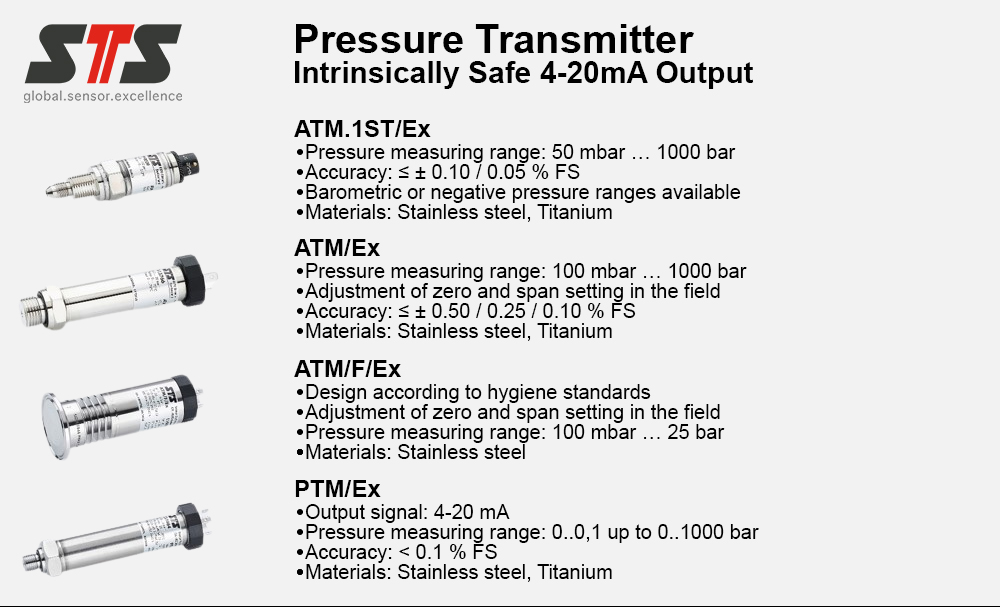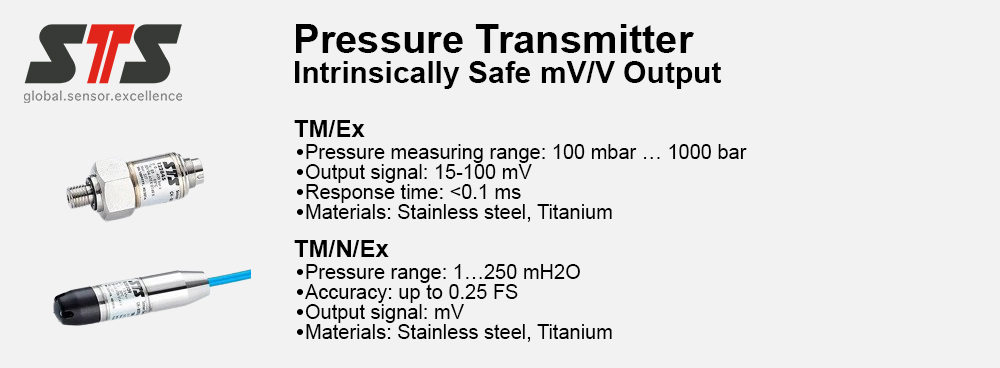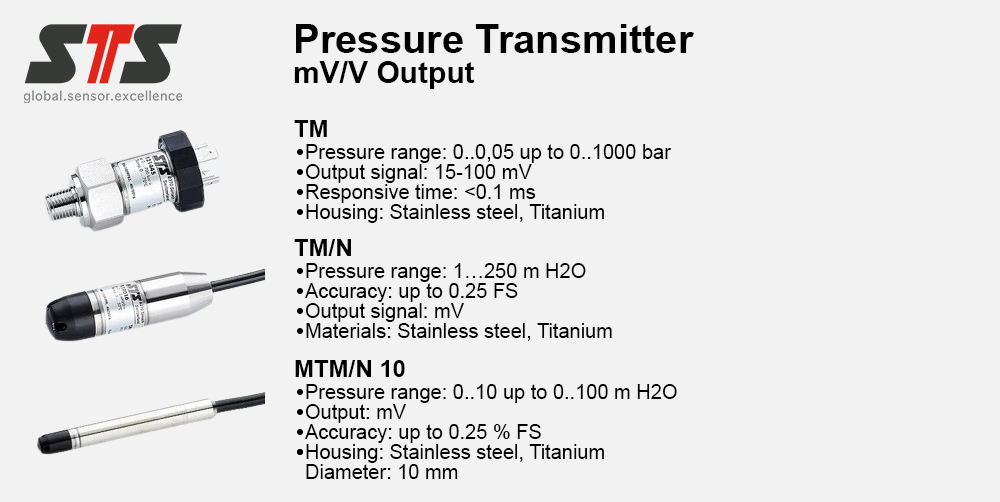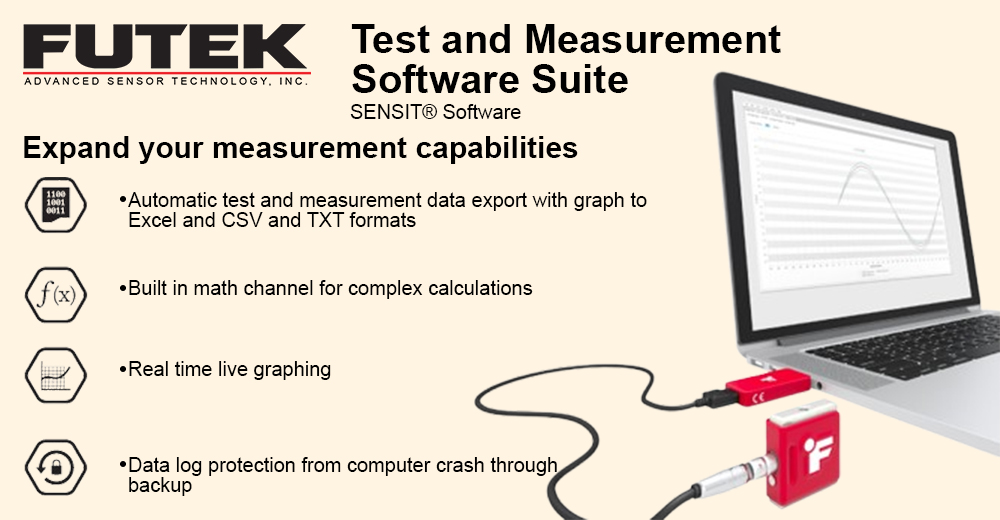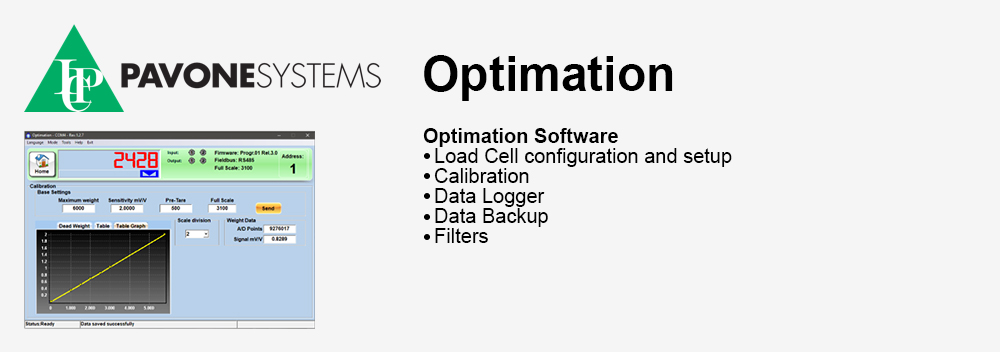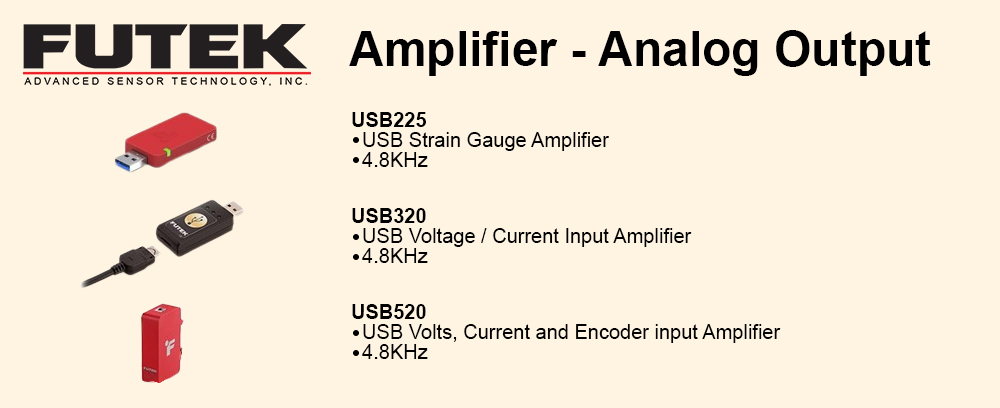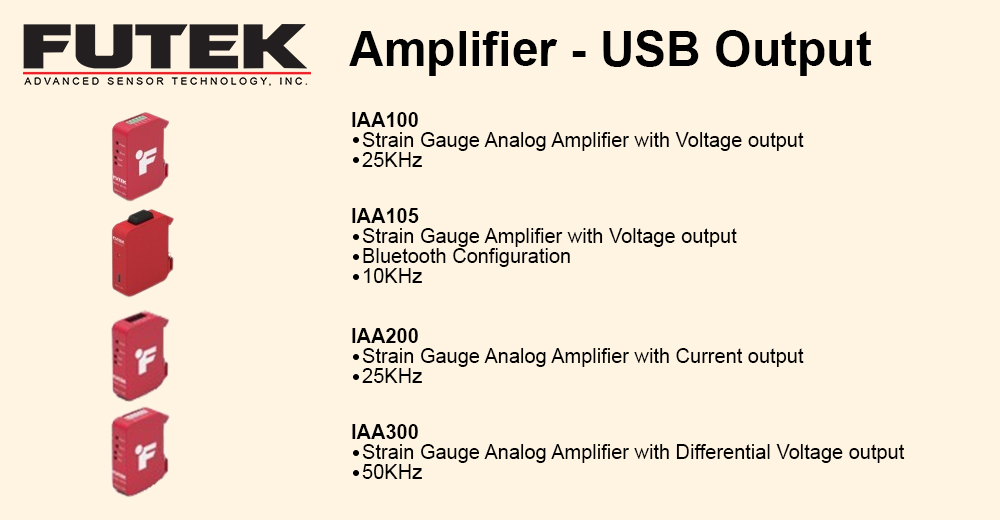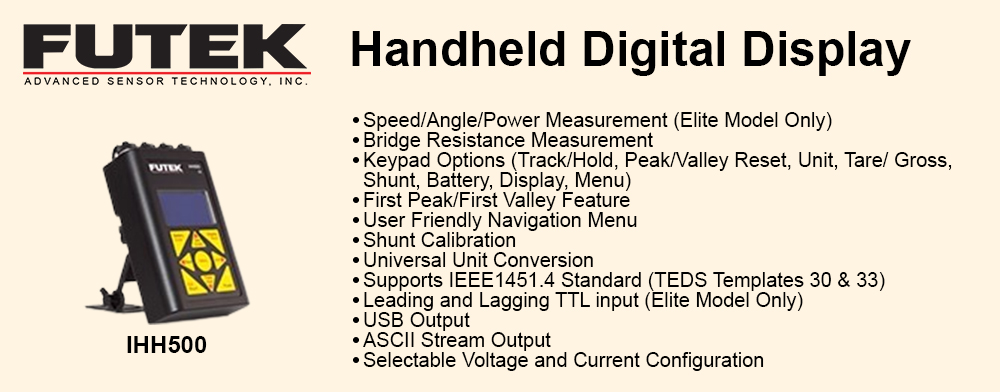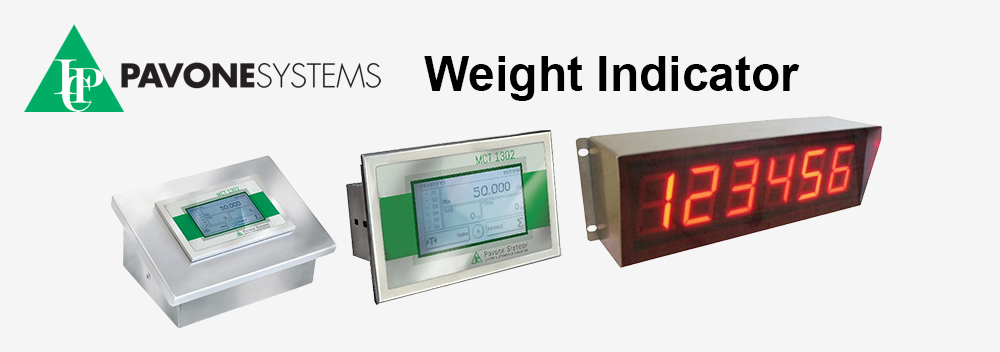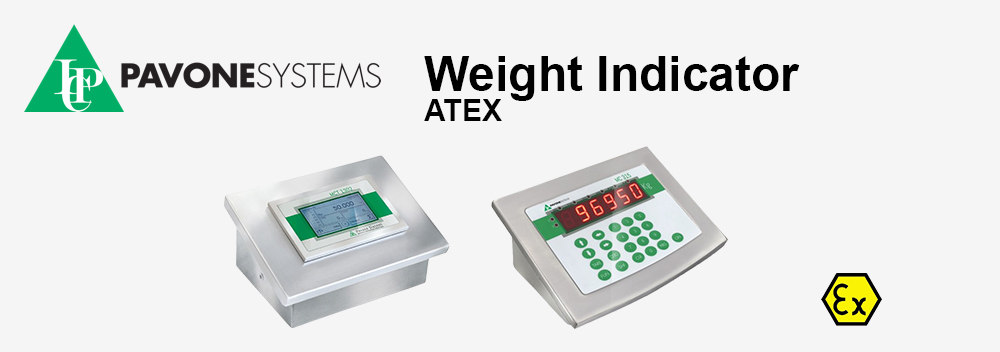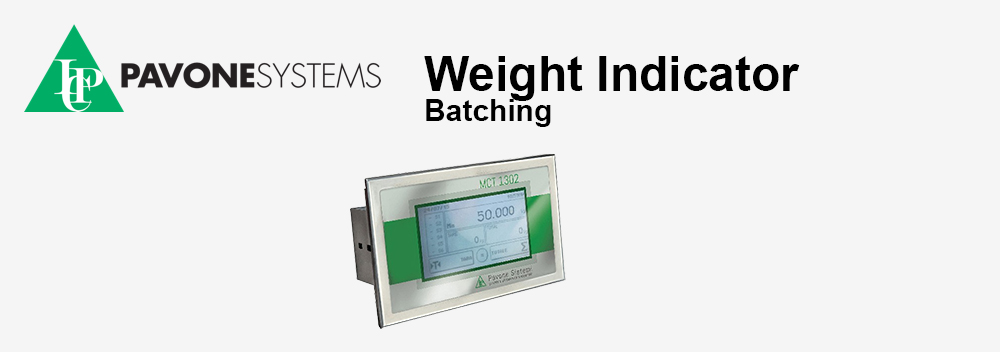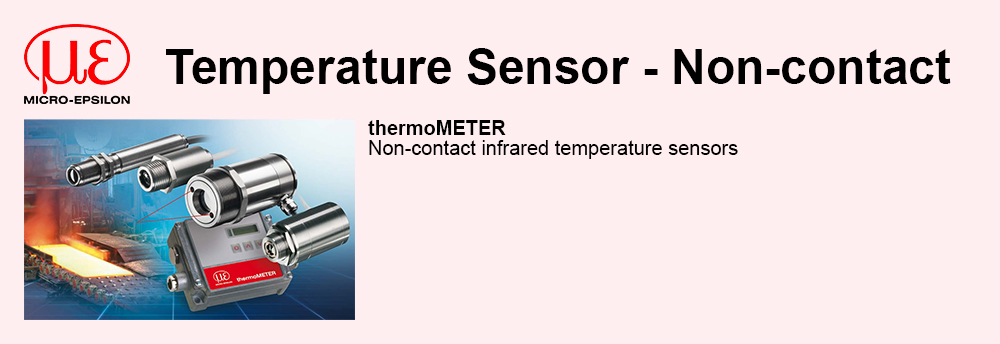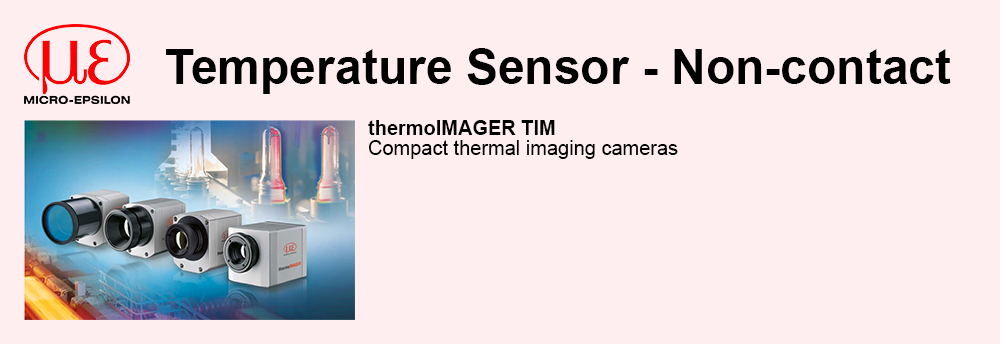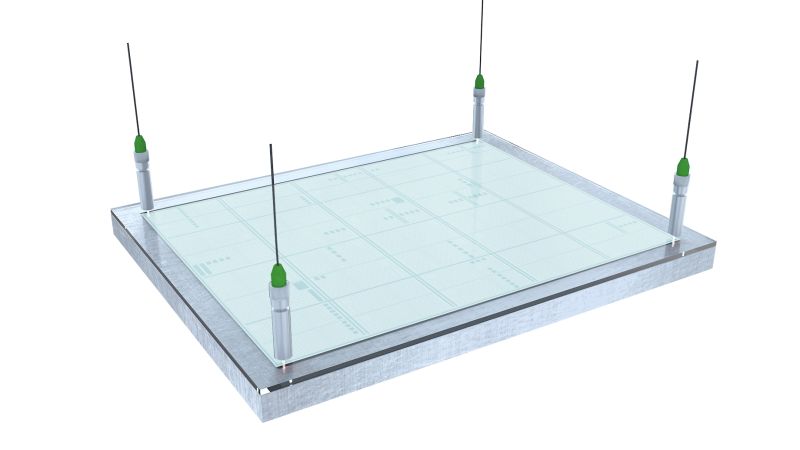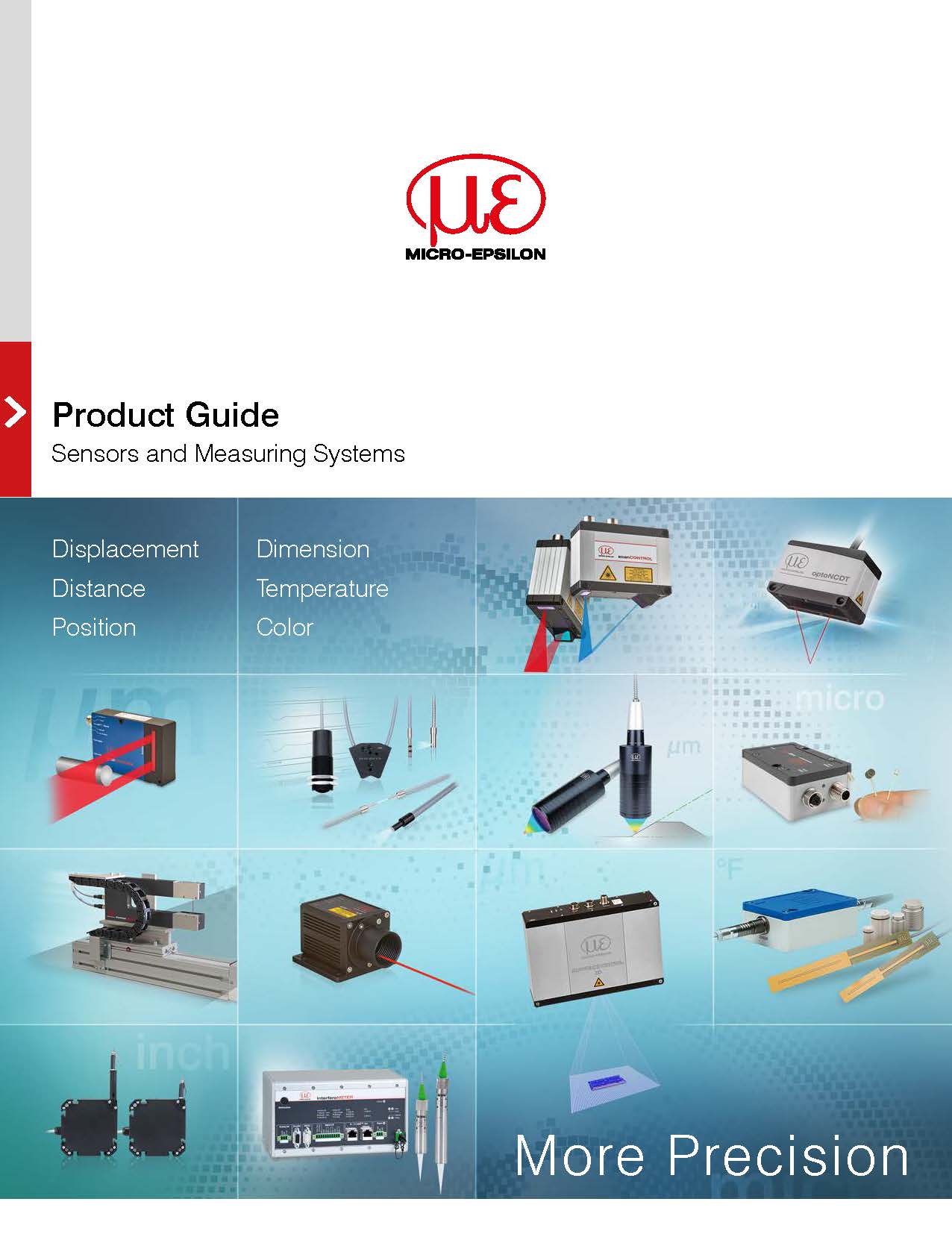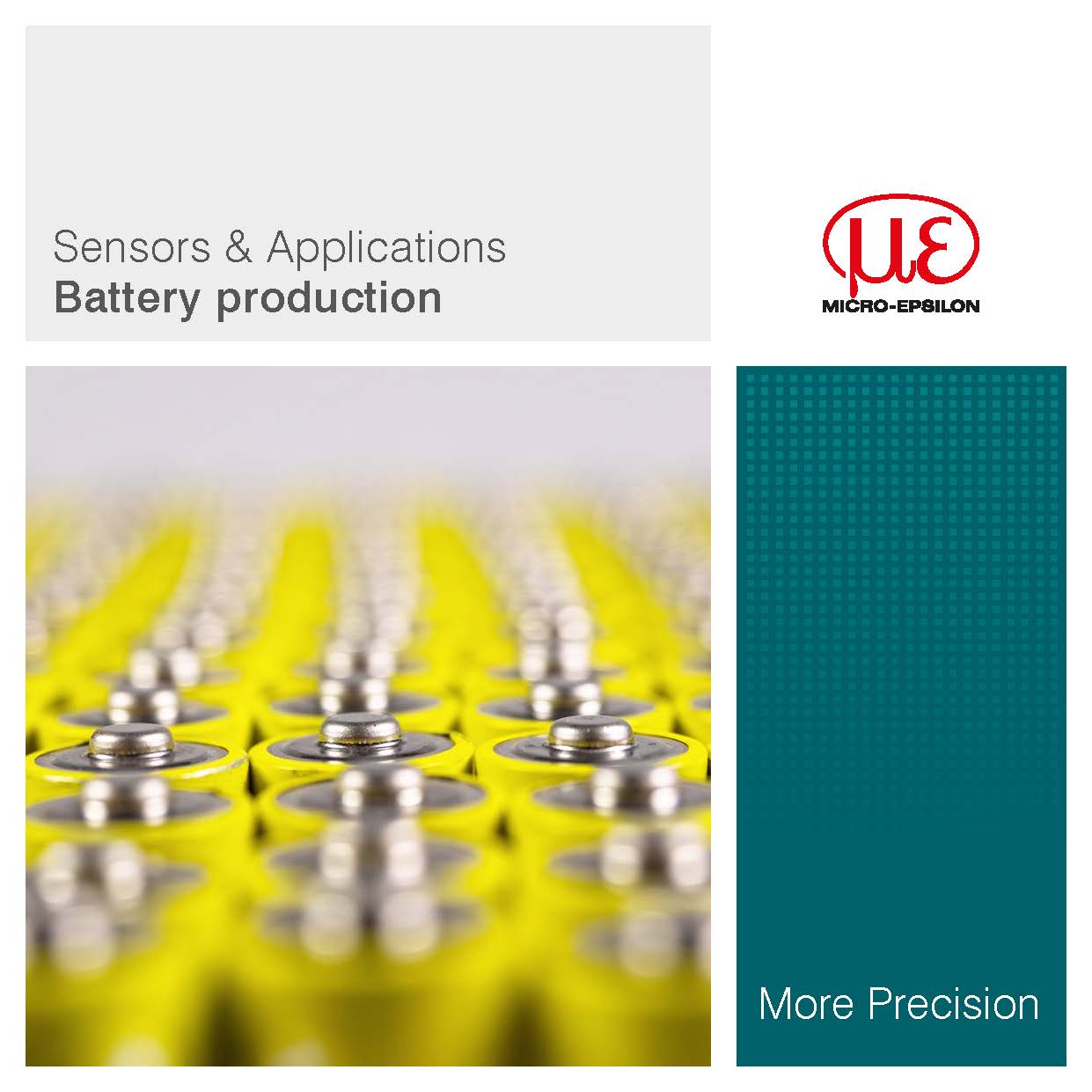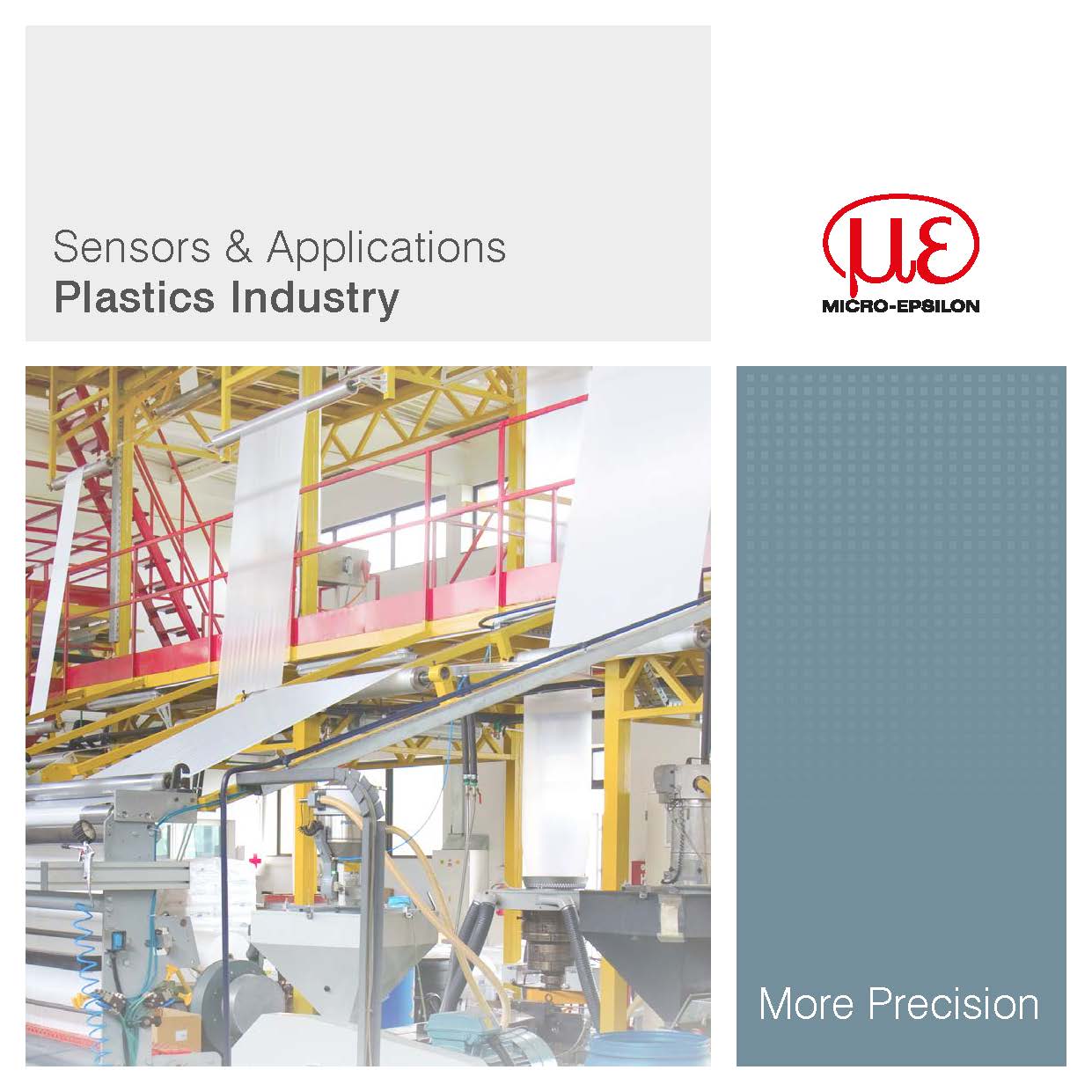Distance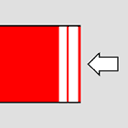 Measuring distance, often also called displacement describes measuring the distance between 2 points. This distance is defined in the measuring technique by the distance of the sensor from the target. Thus, the distance measurement can also be designated as displacement, distance or position measurement. Displacement measurements in geometric measuring technology can be found in almost all application areas. Different criteria are included for the selection of the appropriate sensor for displacement measurements. The frequency of the distance change can be quasi static or high frequency and determines the measuring speed of the sensor. Contacting / non-contact Measurement range (displacement change in mm µm) Accuracy of the respective displacement position. Sensor technology applied |
| __________________________________________________________________________________________________________ |
Sensor systems in the car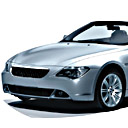 The use of sensors in modern cars is today indispensable. Everyone is familiar with the application of ABS systems where sensors measure the wheel speed and derive control parameters from it for the brakes. Sensor technology applied |
| __________________________________________________________________________________________________________ |
Automotive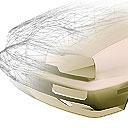 Many applications can be assigned to the automotive area. They range from automobile manufacturing itself to the various automotive suppliers. Quality assurance or automation are frequent application areas. The sensor families used range from laser sensors to eddy current sensors to inductive sensors. Sensor technology applied |
| __________________________________________________________________________________________________________ |
Compensating for axial extension of milling spindles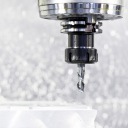 When processing materials using milling spindles (mainly motorised spindles), the demands for high precision are continuously increasing. In order to compensate for the axial extension of the spindle caused by thermal heating and centrifugal forces, the eddyNCDT SGS4701 measures the displacement deviation of the spindle. Sensor technology applied |
| __________________________________________________________________________________________________________ |
Load detection in washing machines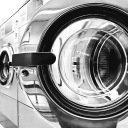 With modern washing machines, energy efficiency and environmental protection are becoming increasingly important. In order to achieve optimum results, the load must be measured before the washing starts. This load measurement enables an optimum and maximum load for the machine to be determined, as well as the appropriate dosage of detergent. This reduces operating costs, while also protecting the environment. A direct weight measurement using e.g. load cells is expensive. An indirect measurement of the damper displacement is much more cost effective. Micro-Epsilon offers low cost solutions for displacement measurement in high volume production, namely the magneto-inductive MDS-40-LP-F displacement sensor, which is directly integrated in the damper. Sensor technology applied |
| __________________________________________________________________________________________________________ |
Measuring system for strip position monitoring in a coating tank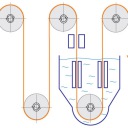 In the electrolytic refinement of thin sheets electrical losses are minimised by a small distance between strip and anode. This requires exact strip guidance. Before the strip enters the coating tank it is guided and measured between two measuring bars with nine eddy-current sensors each. Actuators are initiated and change the position of the anodes in accordance with the strip geometry, or initiate a return to the starting position if limit values are exceeded. Sensor technology applied |
| __________________________________________________________________________________________________________ |
Experimental tests on a drop impact tester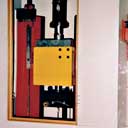 In the automotive industry manufacturers go to great lengths to improve the passive safety of all vehicles in a collision. The so-called crash absorbers join the fenders with the longitudinal bearers and taken overall they can absorb energy through fixed bumpers and plastic deformation. In addition, attempts are made to reduce the vehicle weight through new designs and the use of new materials. The effect of the actual accident event can be replicated on special drop impact testers. Through the variation of the dropped weight and the height, the impact speed can reach 12.5 m/s (45 km/h). Apart from the force, the deformation is recorded during the collision with a fast triangulation sensor. Sensor technology applied |
| __________________________________________________________________________________________________________ |
Active suspension cylinder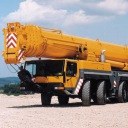 Modern mobile cranes are always employed when heavy loads must be lifted quickly and at various locations. They are used, for example, in the recovery of broken down trucks. The field of operation is not restricted to paved surfaces, but also includes deployment in open terrain. Therefore, these cranes possess an adaptive design of running gear in which the suspension of each independent axle can be adapted to the relevant terrain. This is implemented using a suspension cylinder which is fitted with a displacement sensor. The sensor acquires the cylinder stroke and consequently enables the best possible adaptation to the form of the terrain. Sensor technology applied |
| __________________________________________________________________________________________________________ |
Precise positioning of a surgical microscope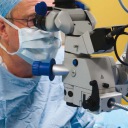 Surgical procedures require a perfect view of the operating area. Here, the surgeon is often supported by a surgical microscope. To enable the surgeon to best position the microscope and to give the surgical team more room to move, the microscope optics are mounted to long arms on a stand. Sensor technology applied |
| __________________________________________________________________________________________________________ |
Overhead conveyor distance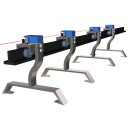 Overhead conveyors which move automatically through the production process on a rail are used for the transportation of many components. A certain minimum distance is required so that components do not collide with each other during the transport. The optoNCDT ILR sensors have the task of maintaining this minimum distance. Attached to each overhead conveyor, they measure the distance to the next one. These sensors measure using the “Time-of-Flight” principle which is ideal for such types of application. Sensor technology applied |
| __________________________________________________________________________________________________________ |
Engagement length control in high performance screwdrivers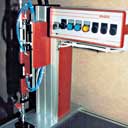 Industrial screwing in automated production systems is carried out by automatic screwdrivers. Apart from the torque, the engagement length is the most important criterion for the quality of the screwing operation. Generally, the engagement length, i.e. the screw-in depth, is determined with the aid of a mechanical end-stop or by using a limit switch. Consequently, once set, the engagement length cannot be changed during the production process. The inductive potentiometric displacement sensors in the VIP Series provide decisive advantages in this application. The continuous measurement of the engagement length from 0 to 70 mm enables screwing operations with various depths to be carried out at the same station. Sensor technology applied |
| __________________________________________________________________________________________________________ |
Piston position in hydraulic valves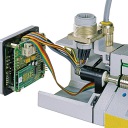 In hydraulic drives proportional and servo valves control the volume flow of hydraulic oil. In order that an exact dosage, and therefore a controlled movement is possible, displacement sensors are integrated into the valves. These sensors acquire the position of the control piston to regulate the volume flow. An accurate, non-contact and, above all, dynamic position acquisition is required for this. An inductive displacement sensor from MICROEPSILON best fulfills these requirements. Sensor technology applied |
| __________________________________________________________________________________________________________ |
On-line inspection of the dimensions of sand-lime bricks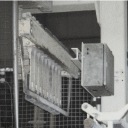 After pressing the sand-lime brick blanks are placed onto a hardening carriage. Even smallest changes in the mixture, moisture, or in the pressing force lead to undefined growth of the bricks and make it difficult to observe the required brick height. A non-contacting laser-optical measuring system with down-stream evaluation logic is installed above the conveyor belt. This system measures the brick height and allows automatic signalling and sorting of the products that exceed the upper or lower tolerance limits. Sensor technology applied |
| __________________________________________________________________________________________________________ |
Measurement system for the flat setting on carding machines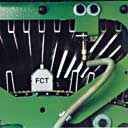 The setting of the distance between the drum and the flat is crucial for carding quality of fiber, e.g. wool. Investigations have shown that manual gap settings with the gage to the left and right on the carding machine are not equal and that with the machine at standstill slight deviations from the operating conditions arise. The remedy is provided by a measuring flat rod (FCT) with two or three capacitive sensors which is exchanged for a flat rod. The sensors measure the distance to the drum via the drum width. The other distance signals are passed to the PC. The fully automatic measurement sequence eliminates erroneous settings and shortens the setup time. The inspection and documentation of the results facilitates practical quality assurance. Sensor technology applied |
| __________________________________________________________________________________________________________ |
Dosing systems for high-viscosity glues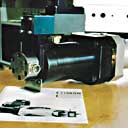 In the automotive industry piston dosing systems are used for glueing car windscreens and windows. These dosing systems supply the highviscosity glue to the application gun in an exactly controllable way. The volumetric flow control required for this purpose is achieved by means of a suitable long-stroke sensor in the hydraulic cylinder. The travel signal of the piston is differentiated, and the speed signal deducted from this is supplied to the closed-loop control circuit. The filling volume is determined through the position of the piston. Sensor technology applied |
| __________________________________________________________________________________________________________ |
Piston ring- and piston secondary movement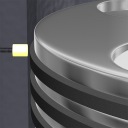 Manufacturers of combustion engines require reliable data in order to determine the exact position of the piston, the piston rings and also of the existing pressure conditions. Using simulation tools, this data is primarily used to make reliable predictions about e.g. wear, friction and oil consumption. Furthermore, as well as design improvements, changes and failure analyzes can also be developed. The eddyNCDT eddy current sensor measures the piston ring- and piston secondary movements at high accuracies. Sensor technology applied |
| __________________________________________________________________________________________________________ |
Jib lengths of mobile cranes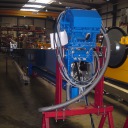 The current jib length is important when calculating the torque of the load on the crane. This length is measured with an integrated draw-wire sensor. This simple and telescopic measuring principle makes wire sensors predestined for the task. The sensors can also be retrofitted. Sensor technology applied |
| __________________________________________________________________________________________________________ |
Crane support distance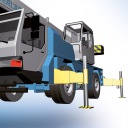 A truck-mounted crane is frequently the better solution in many cases where loads have to be lifted. As a mobile solution, safety also plays an important role here. Therefore a load torque limiter controls whether the crane can still lift or not. In order to ensure the maximum permitted load, the side crane supports must always be completely extended. If this would not be possible due to lack of space, the crane could not be put into operation. The dynamic process for measuring how far the crane supports have been extended facilitates a calculation of the permitted load capacity. Thus, the use of truck-mounted cranes can also be ensured where space is restricted. Sensor technology applied |
| __________________________________________________________________________________________________________ |
Exact crusher gap adjustment in rotary crushers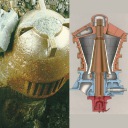 Rotary crushers for quarries or ore mines can grind up to 3500 t of material to the desired grain size in one hour. For this purpose an eccentric bearing bush generates a rotary-oscillating movement of the crusher axle, thereby constantly changing the gap between the crusher jaws and the crushing cone. For grinding the set gap continuously moves along the inside perimeter of the crushing room. With a longdistance sensor in the hydraulic cylinder the crushing gap can be exactly adjusted by raising and lowering the axle. Sensor technology applied |
| __________________________________________________________________________________________________________ |
Displacement sensor for washing machines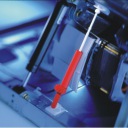 When the washing machine is loaded, the displacement sensor DRA measures how much the outer drum drops. It also measures the drum’s deflection during spin-drying. Due to the inductive measurement principle, the sensor provides absolute position measuring for static and dynamic processes. Operation and the washing result are optimized by the load measurement. The displacement sensor provides an output signal proportional to the weight. This permits full utilization of the drum volume and helps to determine the required amount of detergent. Sensor technology applied |
| __________________________________________________________________________________________________________ |
Strip width when trimming metal strips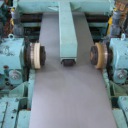 As different widths are frequently required during the production of metal strips, the strips must be trimmed after the rolling process and both the cutters must be movable electrically. The distance is now measured by difference measurement using laser sensors from Micro-Epsilon so that compliance with the target dimensions no longer has to be checked manually as was the case previously. Two optoNCDT 1700 sensors are used for this. Sensor technology applied |
| __________________________________________________________________________________________________________ |
Lip Gap Measuring in Paper Manufacture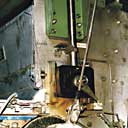 In paper manufacture the lip gap at the headbox determines the thickness of the paper. Paper machines usually have a lip width between 4 and 6 metres. The measuring task is a constantly monitoring the gap between the upper and lower lip as a quality relevant variable. To manage this application a non-contact eddy current displacement sensor is fitted either to one or better to both sides. A steel or aluminum target plate fitted opposite the sensor serves as a measuring target. Sensor technology applied |
| __________________________________________________________________________________________________________ |
Tester for pneumatic actuator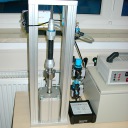 So-called muscles are developed as alternatives to hydraulic cylinders. The hose made of rubber contracts when it is filled with compressed air. An in-house tester has been developed for testing this muscle. A sensor from the optoNCDT 2200 series in this tester monitors the contraction of the muscle. Sensor technology applied |
| __________________________________________________________________________________________________________ |
Position measurement in Computer Tomography (CT)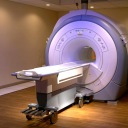 In the latest CT equipment, the most effective diagnoses are determined by how precise and fast the measurement systems are (speed and resolution), as well as their cost effectiveness. Irrespective of whether spiral, helical or dual source apparatus is used, the requirements are continuing to increase. In particular, this also concerns the length measurement equipment for the horizontal reclined position. In this application, draw-wire sensors from Micro-Epsilon achieve a resolution of up to 0.001% of the measuring range; this is combined with maximum reliability, long service life and a very favorable price/performance ratio. Sensor technology applied |
| __________________________________________________________________________________________________________ |
Control and monitoring of the production sequence in a refinery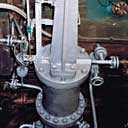 In the refinery crude oil is cracked by distillation to give petroleum, kerosene and diesel oil. In the fractional distillation column the crude oil is heated with superheated steam. The vapors and liquids released collect in the various stages of this column. To control and block the flow of gases and liquids the spindle drives of the numerous flow control valves are fitted with long-stroke sensors. An aluminum tube is used here as the measurement object which is moved concentrically over the sensor coil rod without making physical contact. A displacement signal in the range 4 to 20 mA is provided for the aluminum tube position or for the valve position. Sensor technology applied |
| __________________________________________________________________________________________________________ |
Measurement of the tilt angle on tilting trains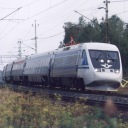 Through the application of tilting trains existing track can be traveled at higher speeds and consequently used more efficiently. Displacement sensors fitted to the front end of the vehicle determine the required degree of tilt of the coach body when taking bends in order to compensate for the "arising sideward acceleration". This data is passed to the control units in the following coaches which then tilt the coach bodies appropriately. When taking a bend, the coach body on the vehicle is then tilted towards the inside of the bend with the aid of hydraulic cylinders. Sensor technology applied |
| __________________________________________________________________________________________________________ |
Clutch wear in racing cars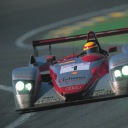 Racing cars are stressed to the limits of their capabilities. It is not without reason that pioneering technologies are often first tested in racing cars before they find their way into mass production. The 24-hour race at Le Mans produces particularly high stress levels for drivers and materials. And in this respect the clutch is a component that is subjected to the highest stresses. Audi Sport therefore decided to monitor the clutch wear during the race to be able to adopt a less arduous pace at the right time or to even carry out a replacement. A displacement sensor from MICRO-EPSILONis used for this application. The sensor is located directly on the clutch release bearing and records both the normal stroke of the clutch as well as its wear. Sensor technology applied |
| __________________________________________________________________________________________________________ |
Checking the accuracy of robot trajectories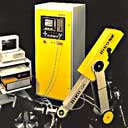 The measurement of the trajectory accuracy or its reproducibility is carried out along a diagonal straight line in space. The robot moves the measuring head, which is fitted with sensors, along a steel rule. The deflection of the 2m long rule due to its own weight is compensated by software. Through the arrangement with six sensors both position and orientation deviations are acquired simultaneously. Sensor technology applied |
| __________________________________________________________________________________________________________ |
Position checking on robots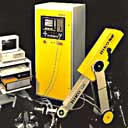 The introduction of the international standard ISO 9283 demands new non-contacting measurement methods. The measurement system for the position measurement is composed of a measurement cube with a defined weight, a sensor and a support. The sensor is equipped with six U15 eddy current sensors. During the measurement the robot moves the measurement cube into the sensor range. The data from the eddy current sensors is passed via a fast interface to the PC where it is processed. Measurement inaccuracies due to linearity and tilting errors (parallelism between the sensor and measurement object) and thermal effects are additionally compensated in the measurement software. Sensor technology applied |
| __________________________________________________________________________________________________________ |
Release of satellites into space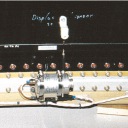 In order to be able to launch a satellite from the Areane rocket unobstructed into space, the nose cone section, together with the side shield, have to be separated from the main rocket immediately before the release of the satellite. Simultaneous and controlled activation of a series of preloaded springs, provide the propulsion force for the separation of the nose cone and side shield. It is of vital importance that the section separates itself in an absloute linear motion from the main rocket, with-out any non-linear tumbling movement that could cause damage to the satellite. The separation movement is controlled by 3 Draw-wire sensors mounted on the booster rocket. Sensor technology applied |
| __________________________________________________________________________________________________________ |
Displacement measurement on slag transporter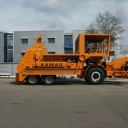 Draw-wire sensors are used to reduce the standstill time of slag transporters during the loading and unloading. They are installed on the tipping cylinder and the support cylinder. In this way, the signal of a limit switch no longer has to be waited for. Depending on the load state, the transporter can start the journey earlier. The sensor also withstands this demanding environment using a special case and wire extensions. Sensor technology applied |
| __________________________________________________________________________________________________________ |
Aerodynamics of aircraft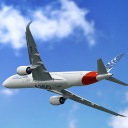 On their wings, aircraft have slats on the front side and flaps on the rear side which act as buoyancy aids. If these are extended unevenly or on only one side, this can cause significant problems in terms of the aerodynamics of the aircraft. Slats and flaps are retracted and extended by spindle drives. The respective spindle is connected to the drive motor in the gear bay via the drive shaft. A Wing Tip Brake is positioned on the shaft in the outboard wing area. This not only avoids any uneven extension of the slats and flaps, but also prevents any uncontrolled movements of the floating head due to external influences. In its function as a switch, the ‘induSENSOR IS-5-C-CR/WTB’ inductive sensor from Micro-Epsilon checks the position of the brake shoes. Sensor technology applied |
| __________________________________________________________________________________________________________ |
Test facility for shock absorbers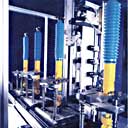 After production the shock absorbers pass through a quality inspection facility on a transport system. Here, they are inspected for dimensional conformance, material faults and the presence of certain features. Two laser-based optical displacement sensors and appropriate CCD cameras enable the measurement of up to eight absorbers per minute. New types of absorbers can be quickly evaluated through the special teach-in routines. With the vertical and horizontal travel of the sensor, scanning of the circular contour, for example on the black rubber inserts on the knuckle eyes, is possible. Impermissible cracks or blow-outs are reliably detected. If quality defects are found, a shock absorber is provided with a fault printout on adhesive labels and included in the quality statistics. Sensor technology applied |
| __________________________________________________________________________________________________________ |
Camber / toe angle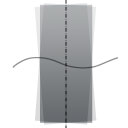 The camber or the toe angle is often adjusted during the service life of a passenger car. It is also often necessary to check the adjustments in the development phase. A laser line is projected from the axis onto three CCD arrays for this. The receiving elements are arranged in a triangle and can calculate the camber and toe angle depending on the position of the line. |
| __________________________________________________________________________________________________________ |
Ram travel at a pill press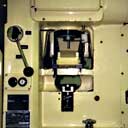 For the examination of cohesion in pharmaceutical mixtures under the influence of pressure non-contacting eddy-current sensors , which measure the travel of the upper in the area of the bottom dead center of the upper piston are used. The measurements are not affected through process-related formation of dust. In the movement range for pill pressing a force-travel-characteristic can be measured and evaluated by the additional use of strain-gauges. Sensor technology applied |
| __________________________________________________________________________________________________________ |
Valve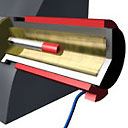 The control piston in a valve controls the oil flow to the hydraulic cylinder. As the piston moves back and forth, drilled holes in the valve body are covered and uncovered. The piston is moved by a linear motor. For this measurement, the sensor induNCDT series LVDT from Micro-Epsilon is used. The sensor is mounted on a pressure pipe located on the valve. In this pressure line a freely moving plunger is guided, which is permanently fixed to the spool. The sensor acquires the plunger through the metal of the pressure line and in this way determines the exact position of the spool. The plunger forms a passive position transmitter having a number of advantages. The measurement occurs without contact and is not subject to pressure, because the sensor is mounted outside of the pressurised region. Sensor technology applied |
| __________________________________________________________________________________________________________ |
Valve lift measurement in the MultiAir cylinder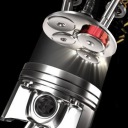 The MultiAir cylinder procedure patented by FIAT / Schaeffler controls individual valves independently of the camshaft. An electro-hydraulic control system provides fully variable valve control. Therefore, the stroke and the opening/closing times of the inlet valve are freely controllable. This reduces fuel consumption and CO2 emissions with a simultaneous increase in engine performance and torque. During the end-of-line inspection of the MultiAir components, a test bench simulates the conditions inside the engine. Eddy current sensors from Micro-Epsilon measure the exact valve lift. Sensor technology applied |
| __________________________________________________________________________________________________________ |
Inspection of valve cones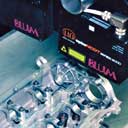 During the automated assembly of cylinder heads, the proper seating of the valve cones is monitored with optoNCDT laser-based triangulation sensors. This prevents valves from dropping into the combustion chamber. The axial adjustment to the relevant measurement position occurs via electric motor. Sensor technology applied |
| __________________________________________________________________________________________________________ |
Displacement/timing measurement in the common rail injector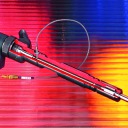
Diesel engines of the latest generation no longer have a diesel injection pump to supply fuel, but instead utilize the common rail principle. In order to optimize the injector configuration for the respective engine model it is necessary to know the exact displacement/time behavior of the needle valve. This information is provided by an eddy current sensor built into Sensor technology applied |
| __________________________________________________________________________________________________________ |
Active damping of liquid-cooled centrifuges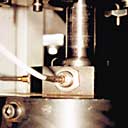 At certain configurations of speed, filling level and design parameters, liquid-filled industrial centrifuges tend to produce unstable running characteristics which can lead to failure of the centrifuge. The instability, which arises due to interaction between the fluid and the centrifuge, cannot be rectified by passive means (dampers), so therefore the instability is corrected actively with the aid of a magnetic bearing and suitable closed-loop controllers. The deflection of the rotor, which is acquired with two eddy-current sensors orientated at 90° to one another, is used as input information for the controller. Sensor technology applied |
| __________________________________________________________________________________________________________ |
Low cost sensors for cylinder applications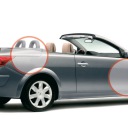 Monitoring the movement of gas pressure or hydraulic cylinders is solved very elegantly using an eddy current sensor. This sensor is integrated in the cylinder. An aluminum ring is used as the target. The sensors are designed so that they easily withstand the pressure inside the cylinder. There are attractive sensor series in the range for this application. Sensor technology applied |




